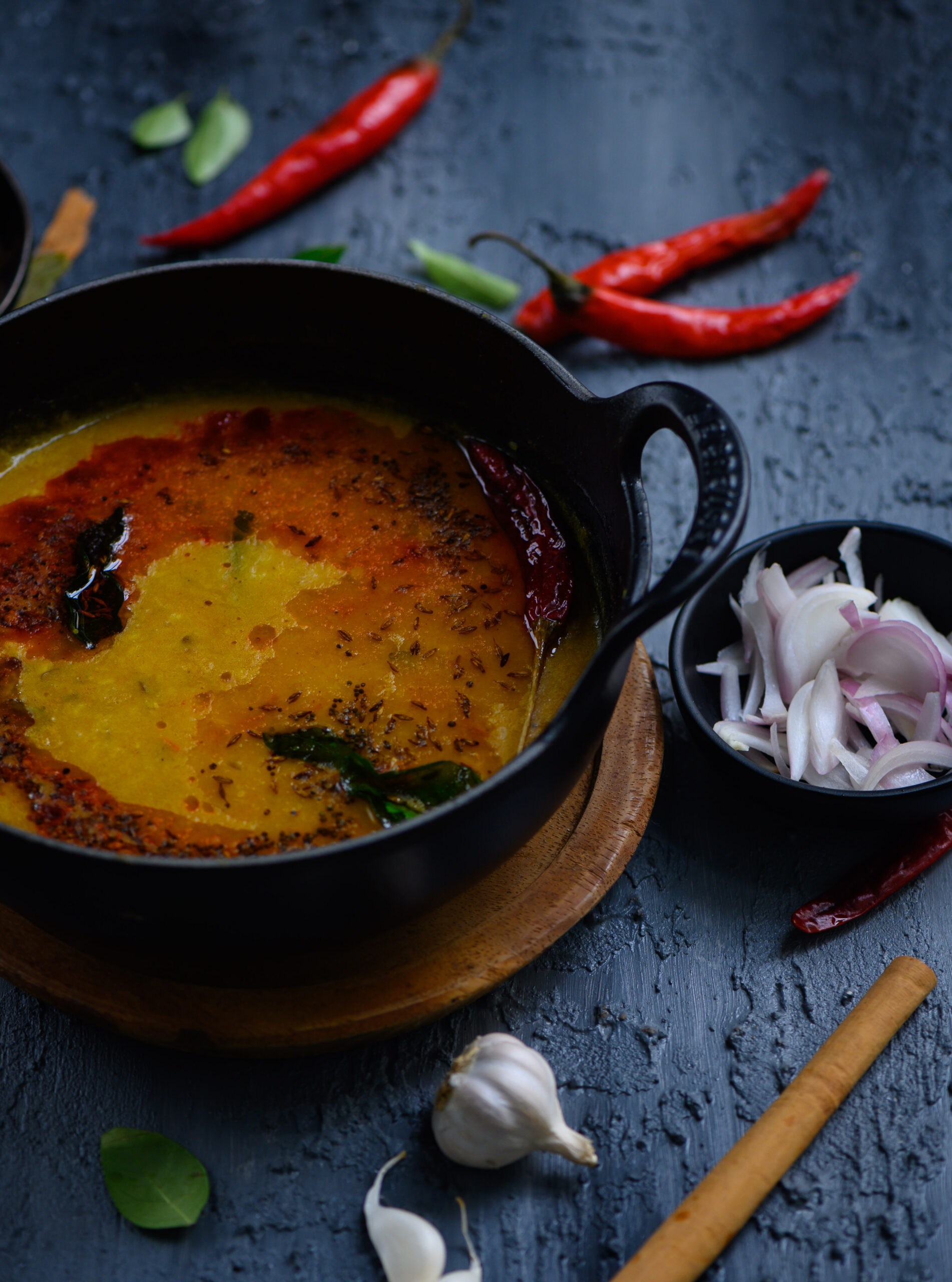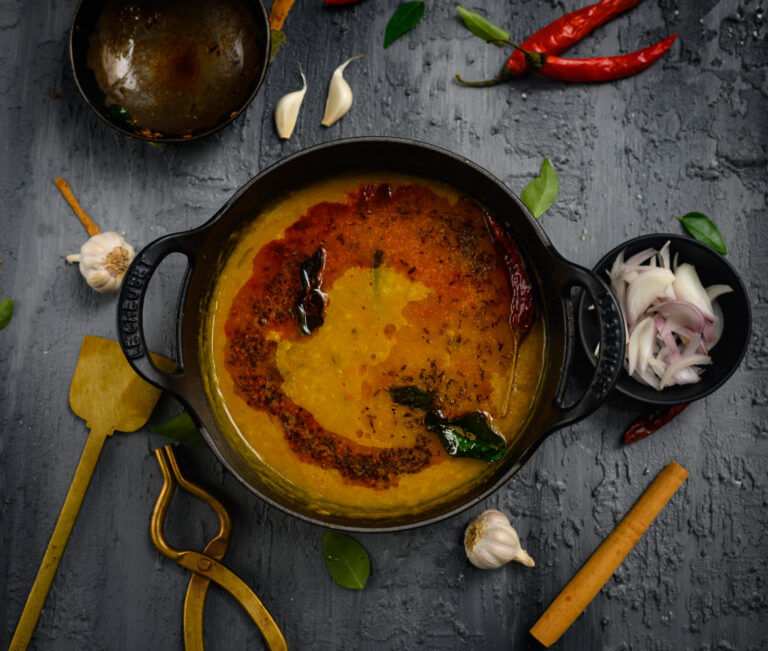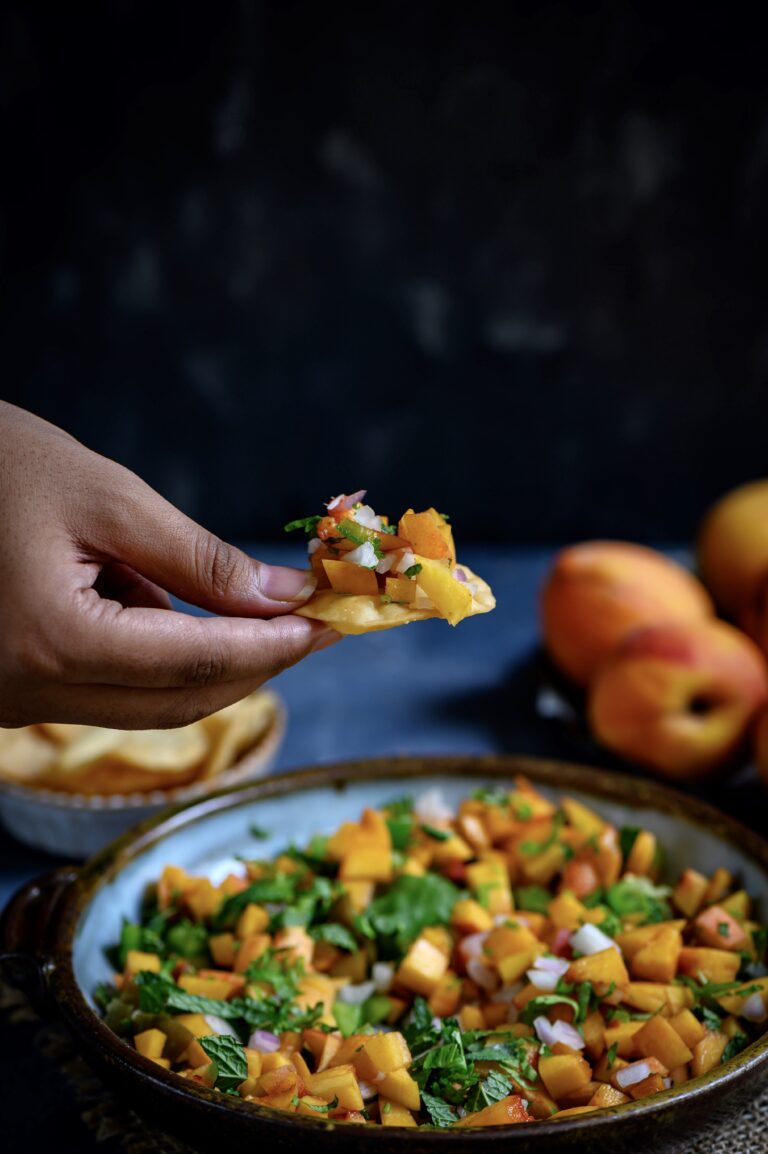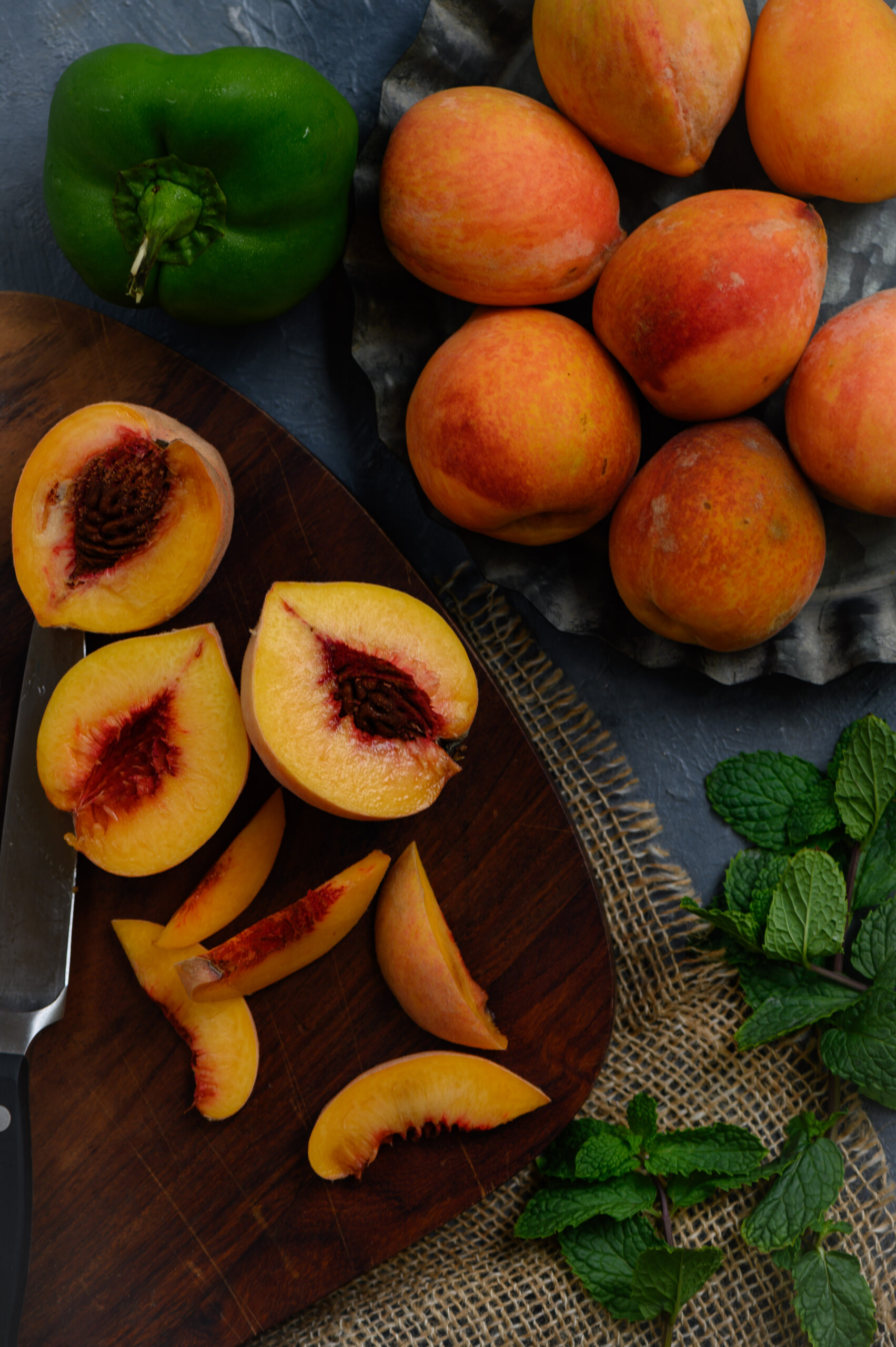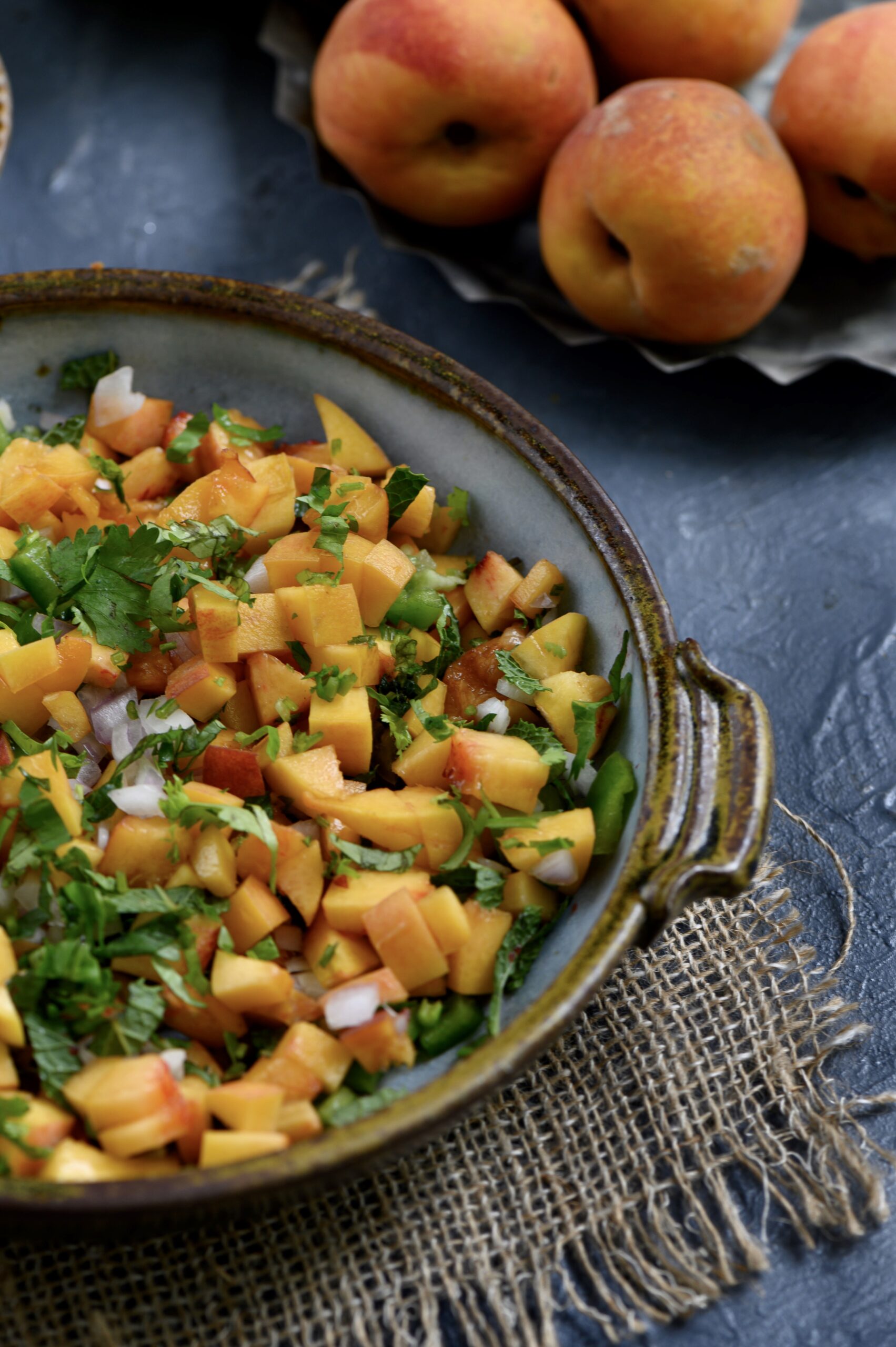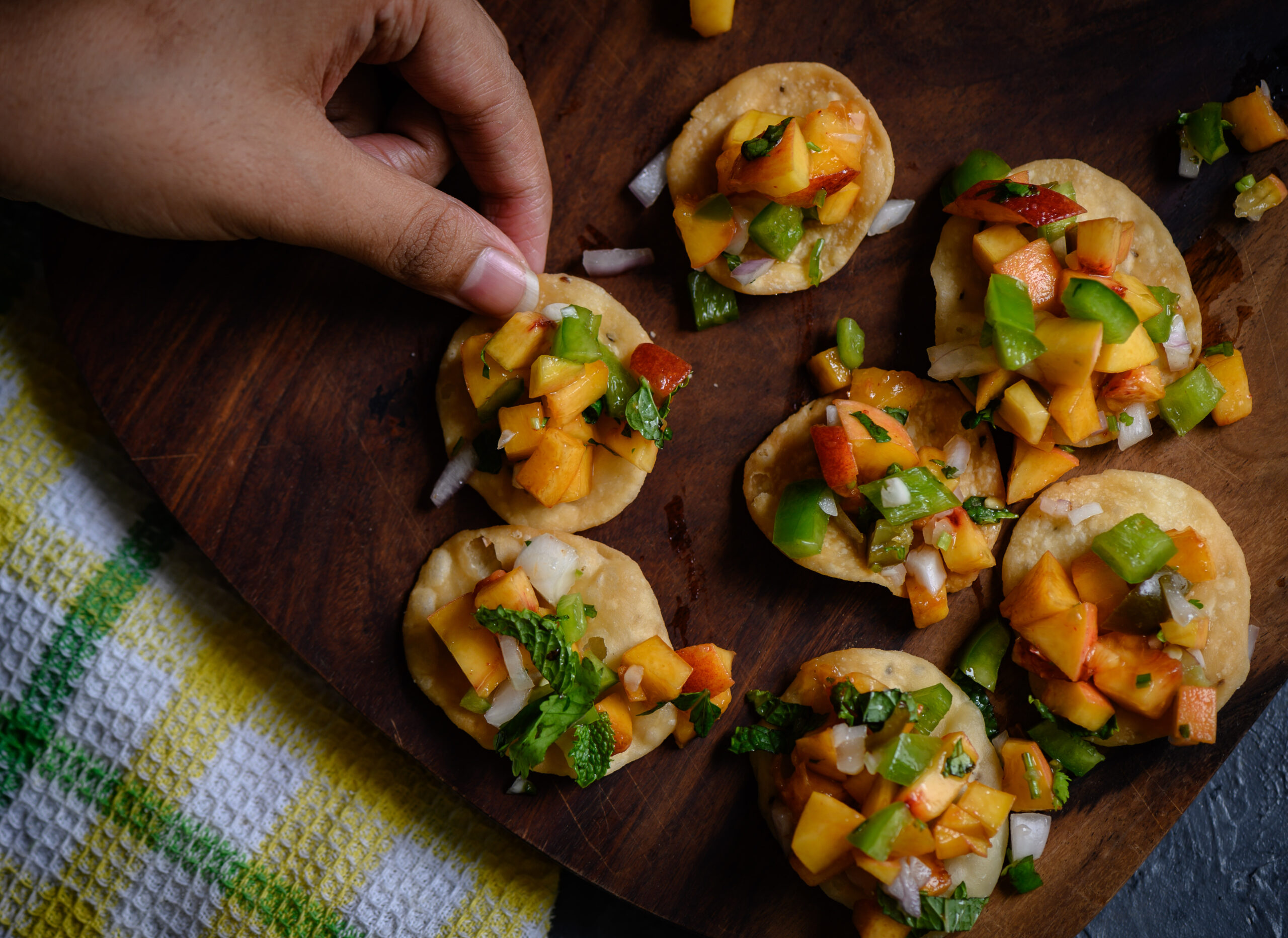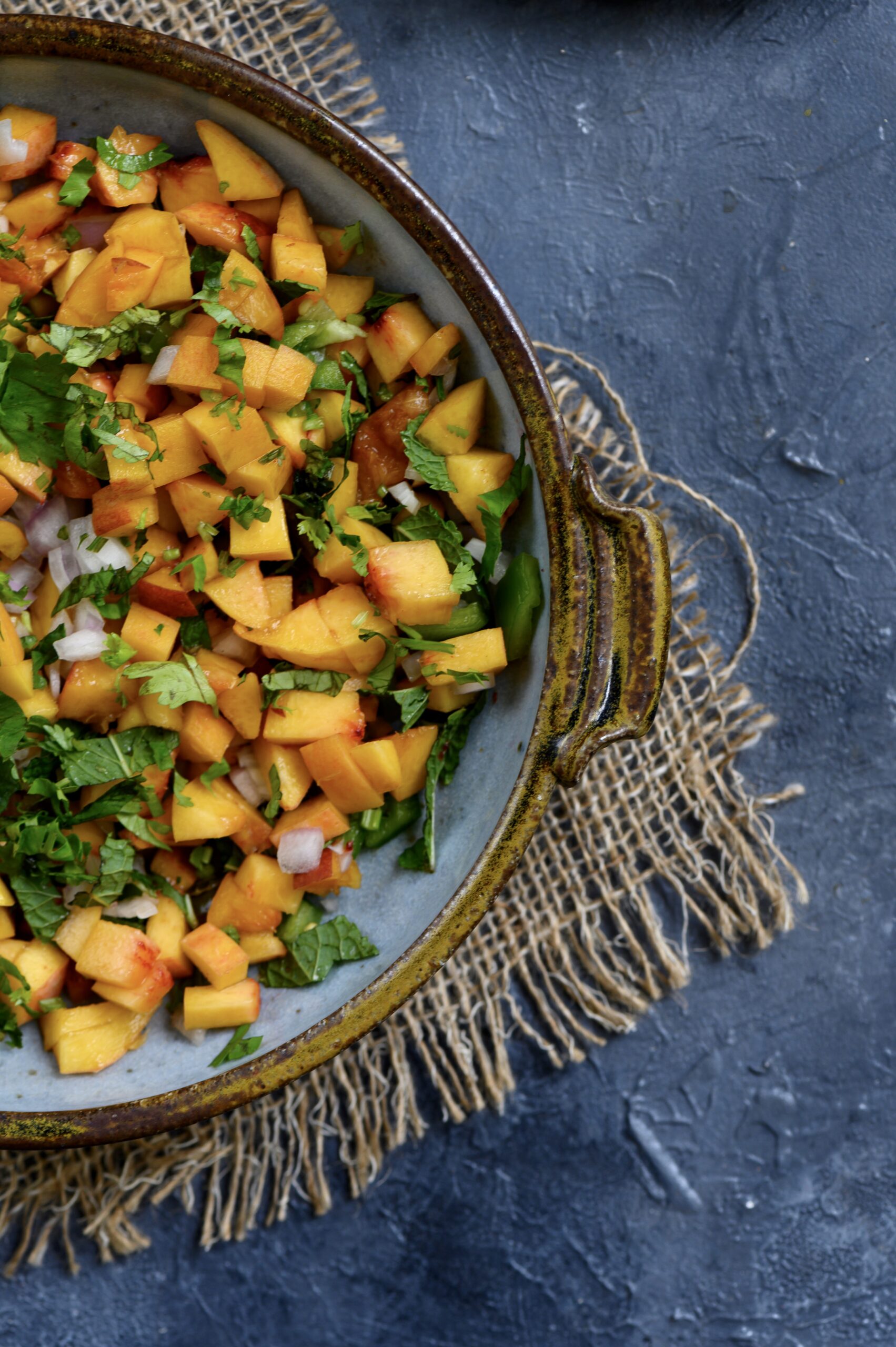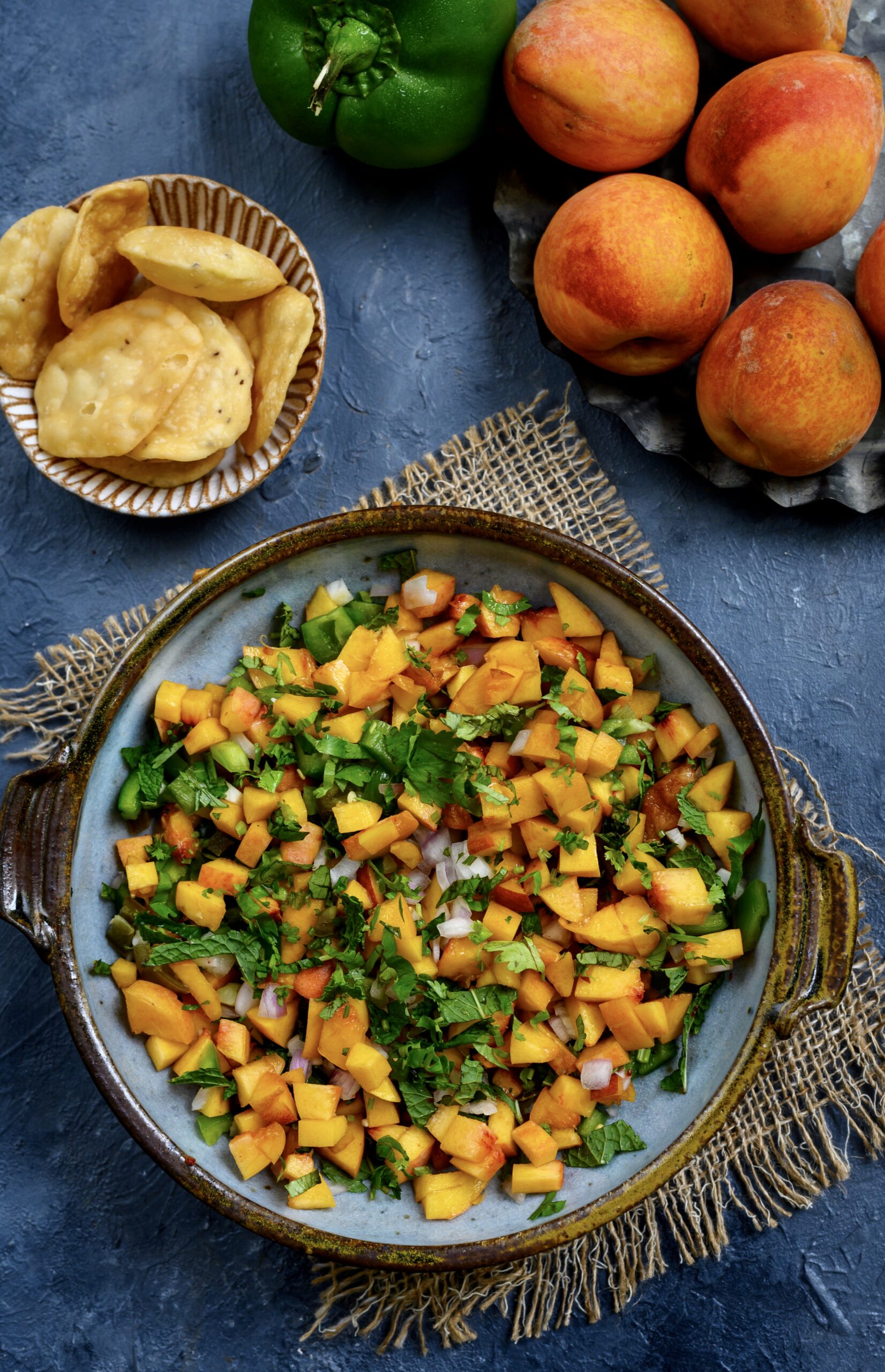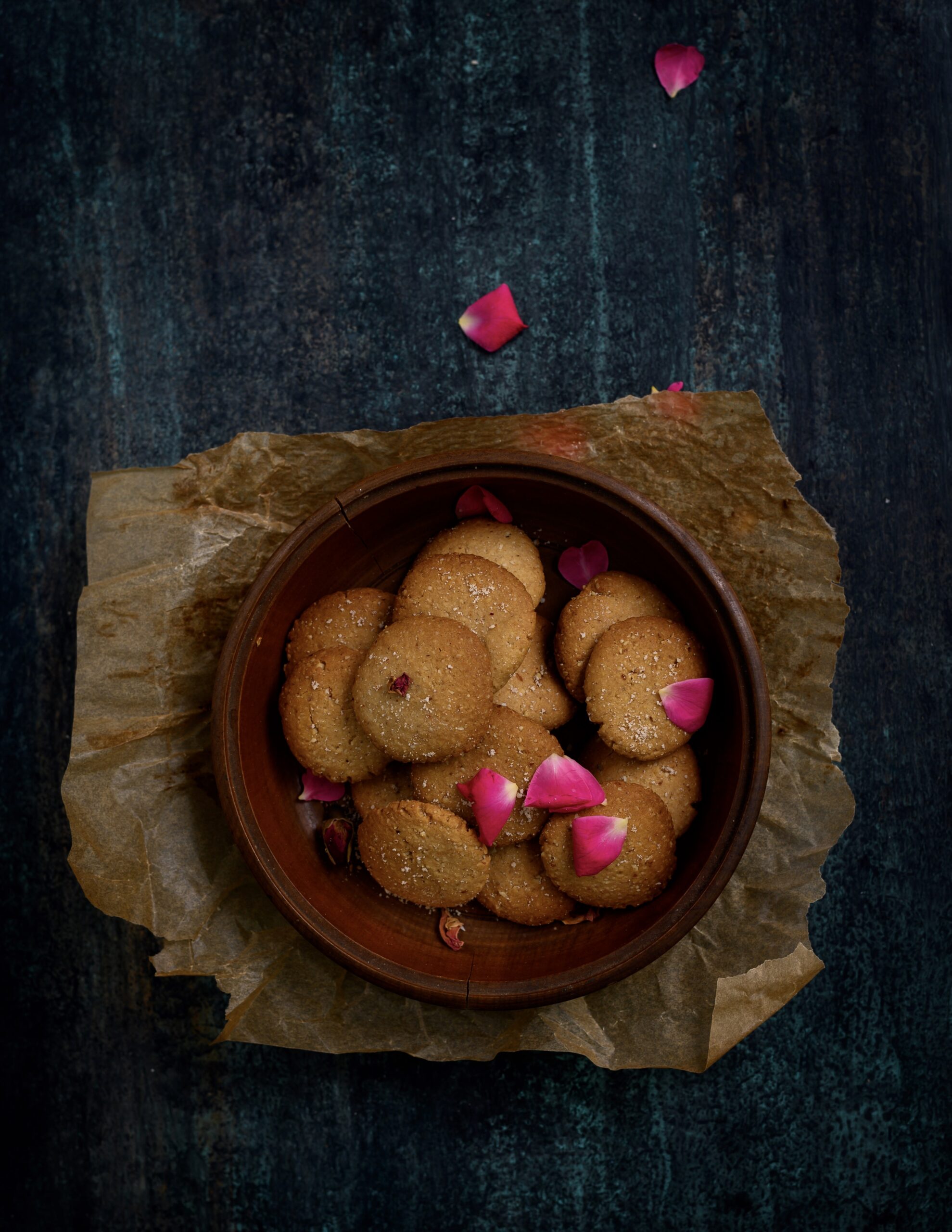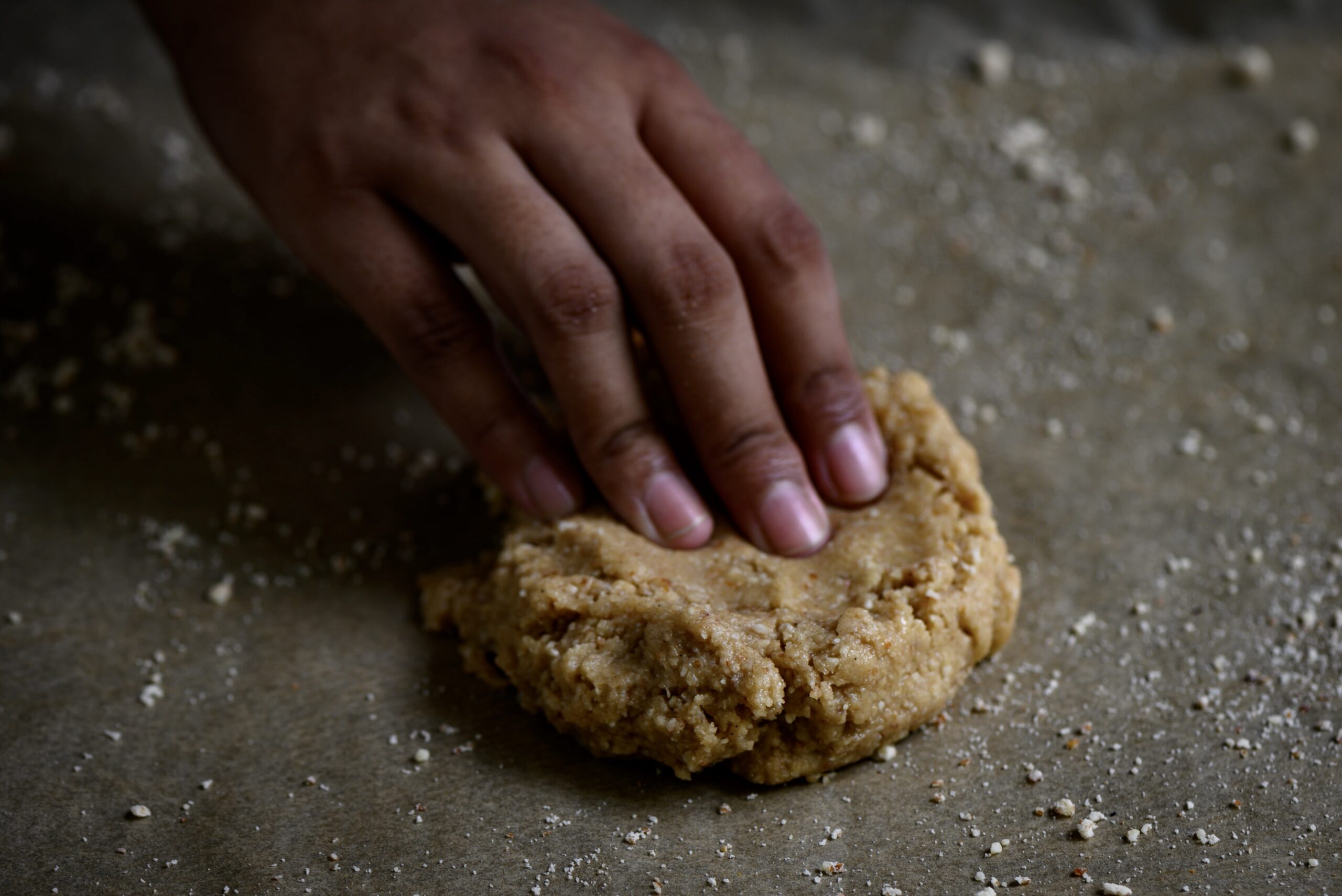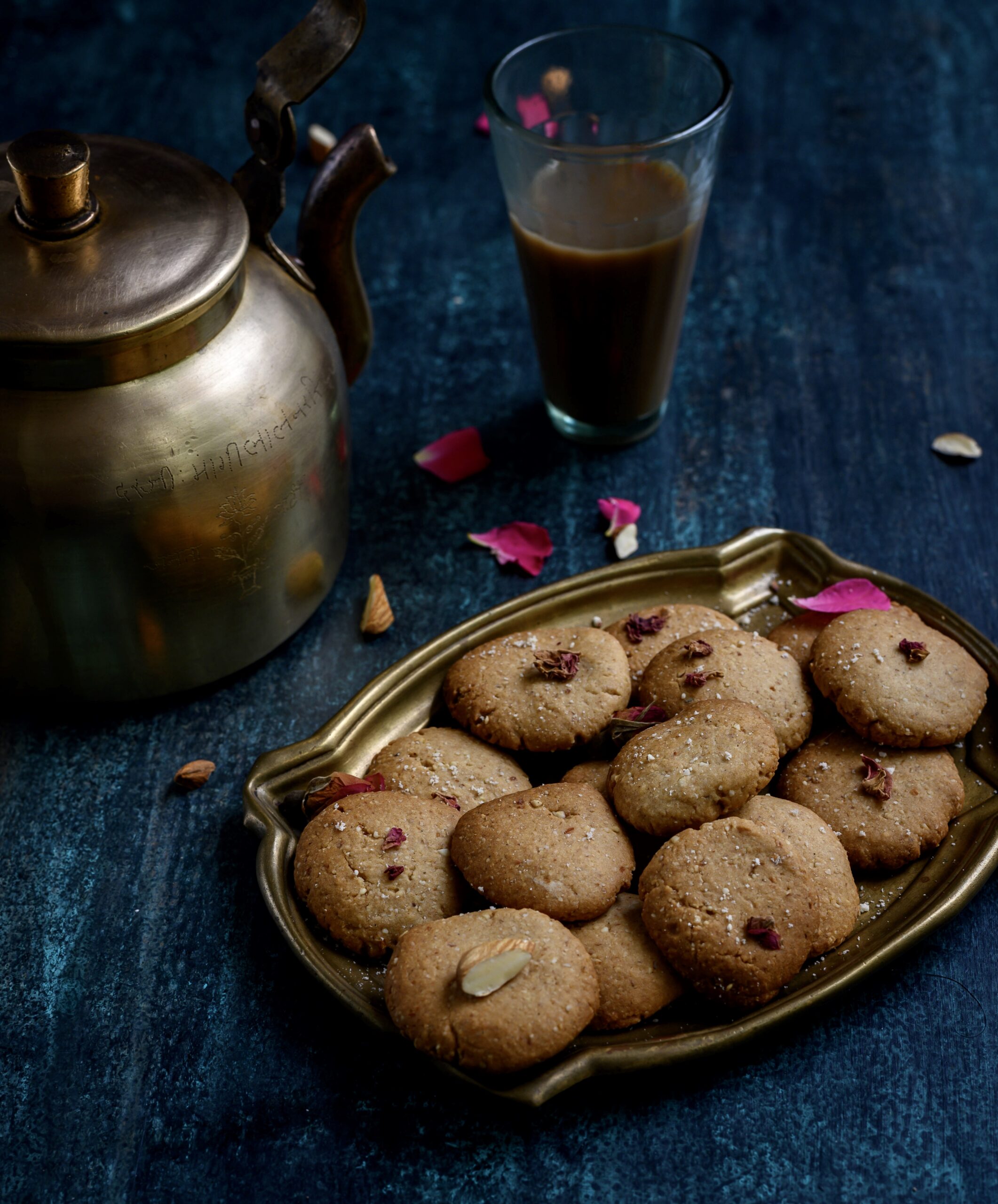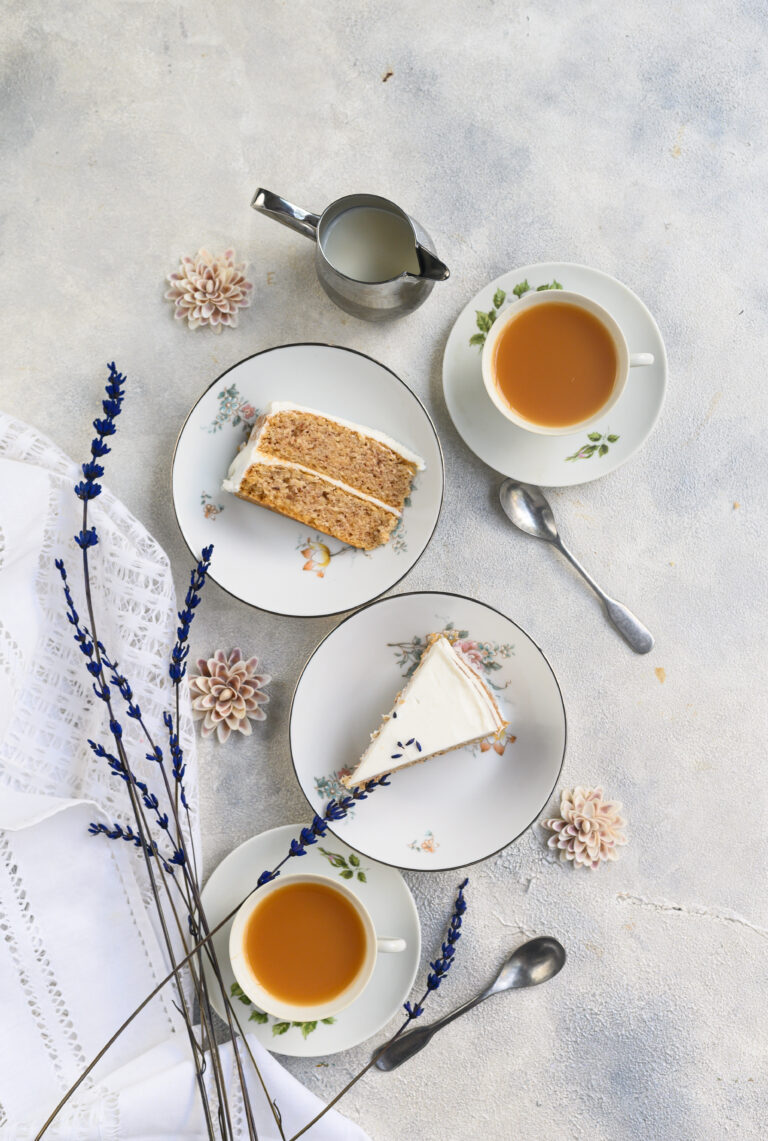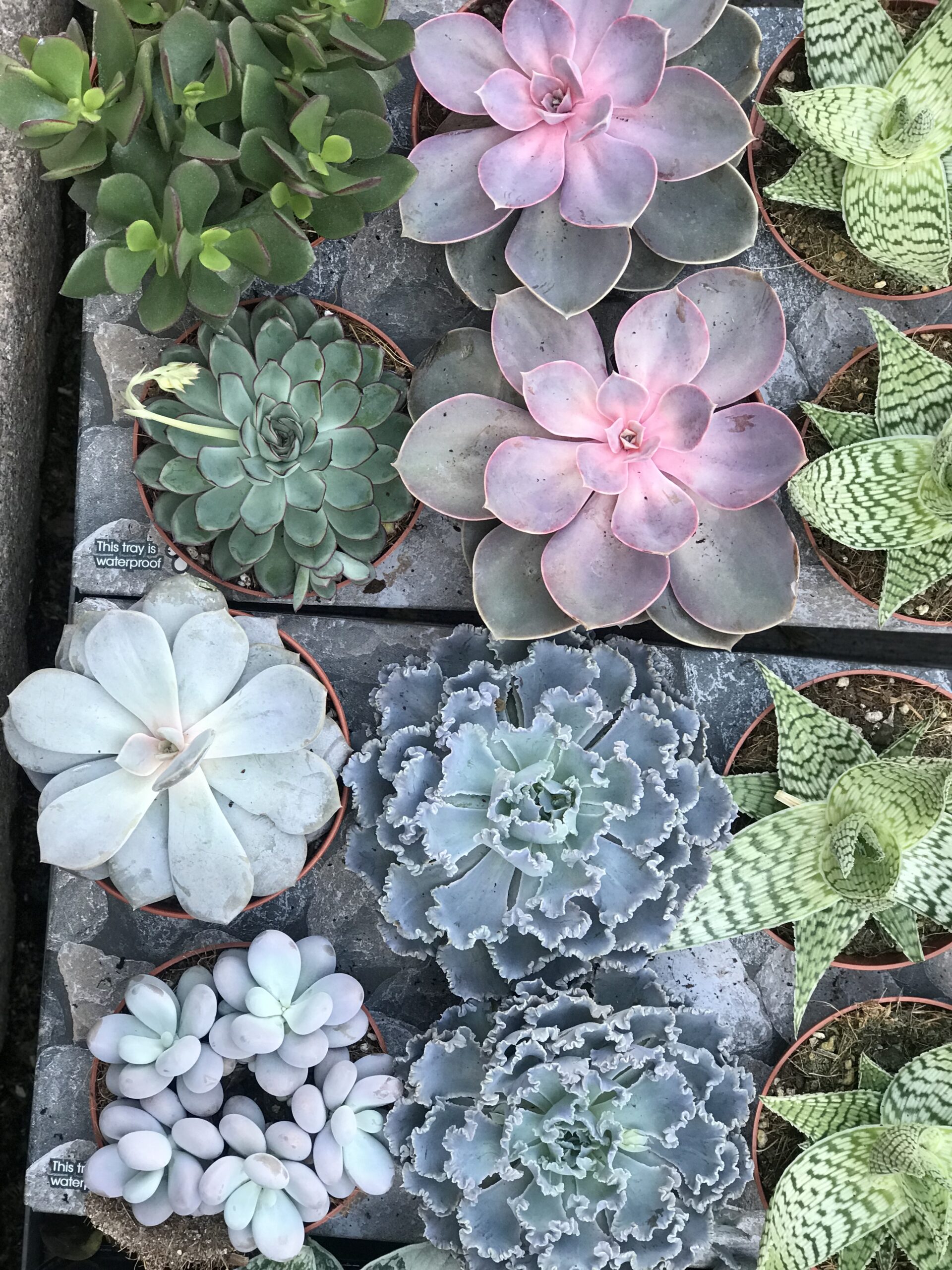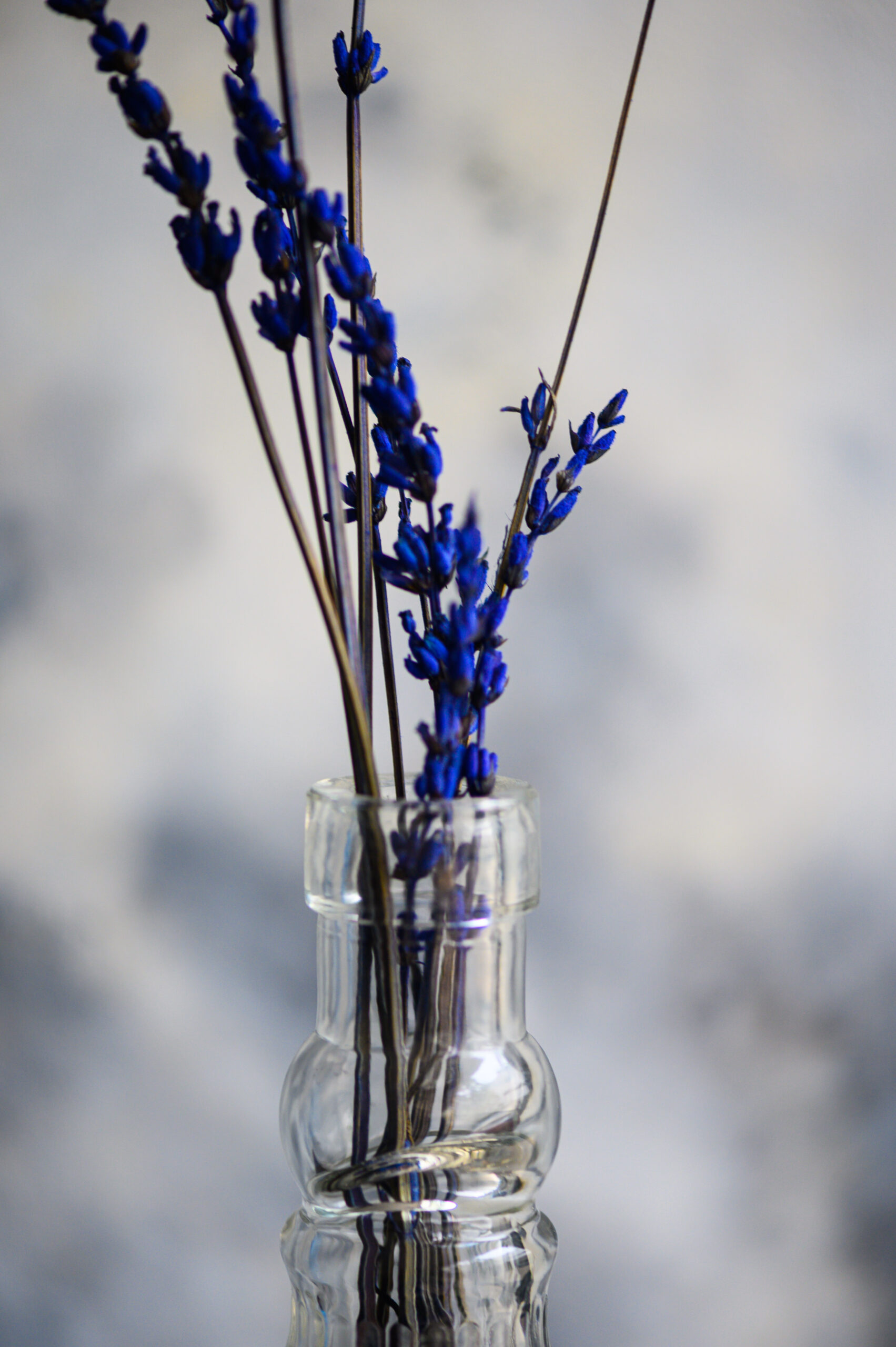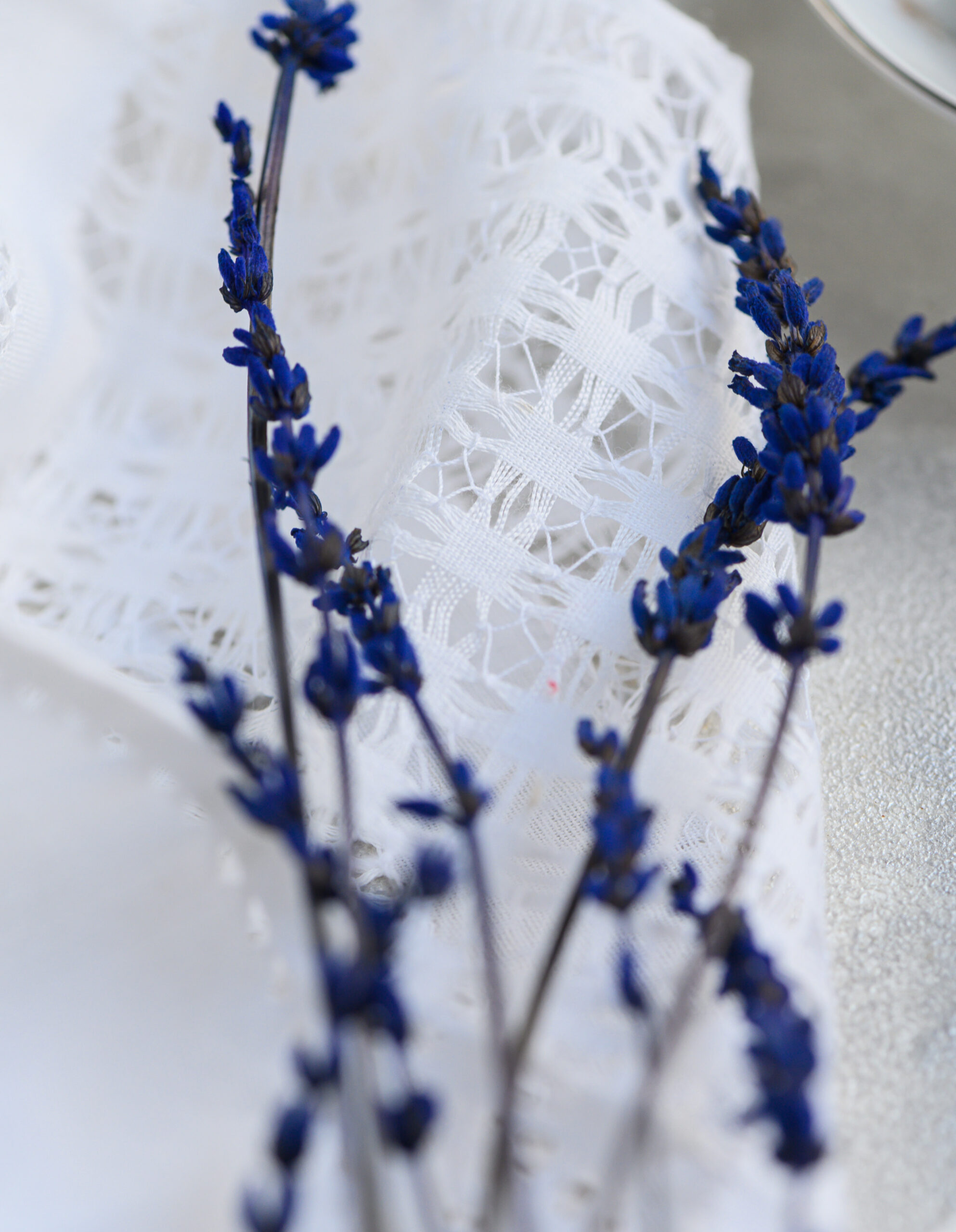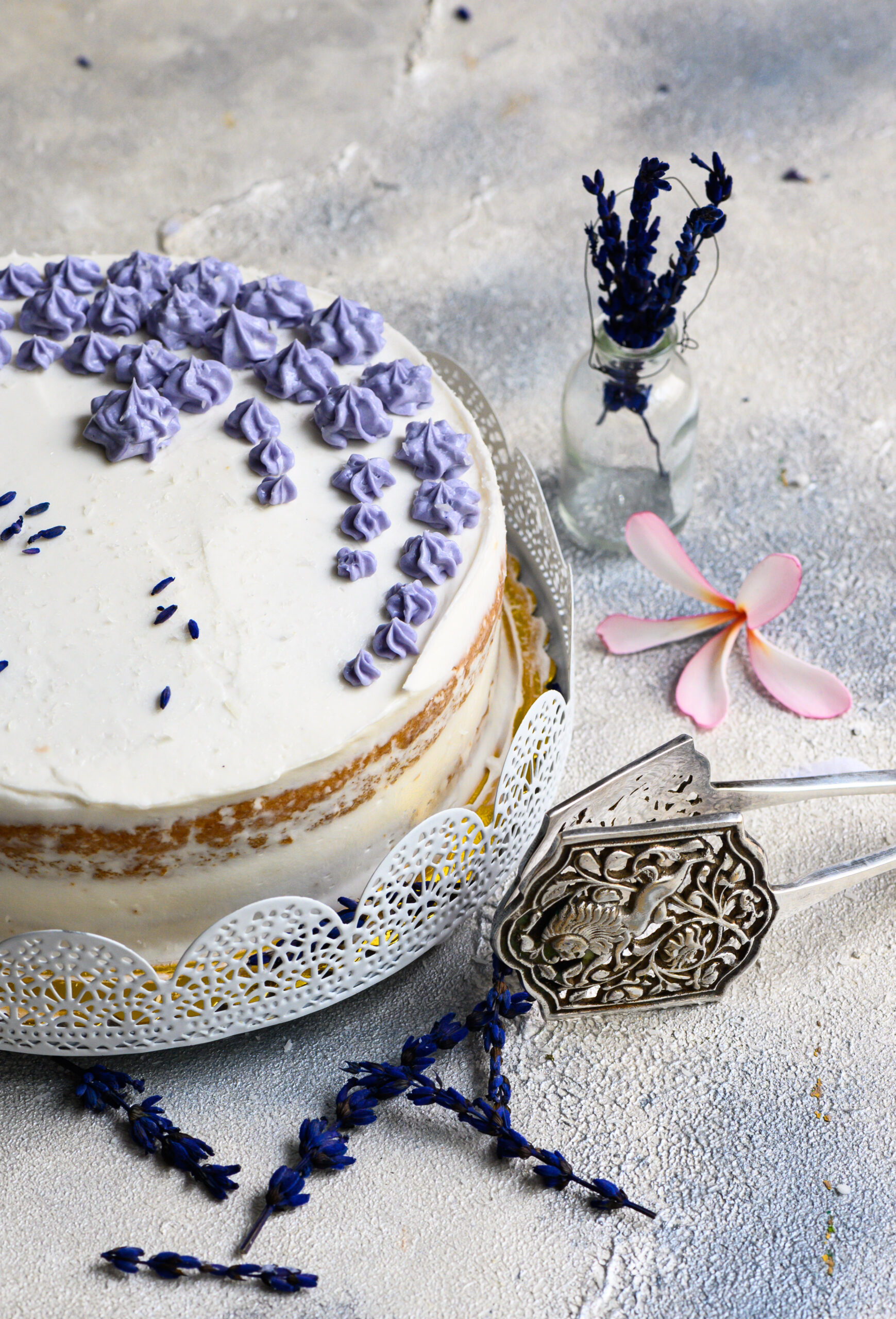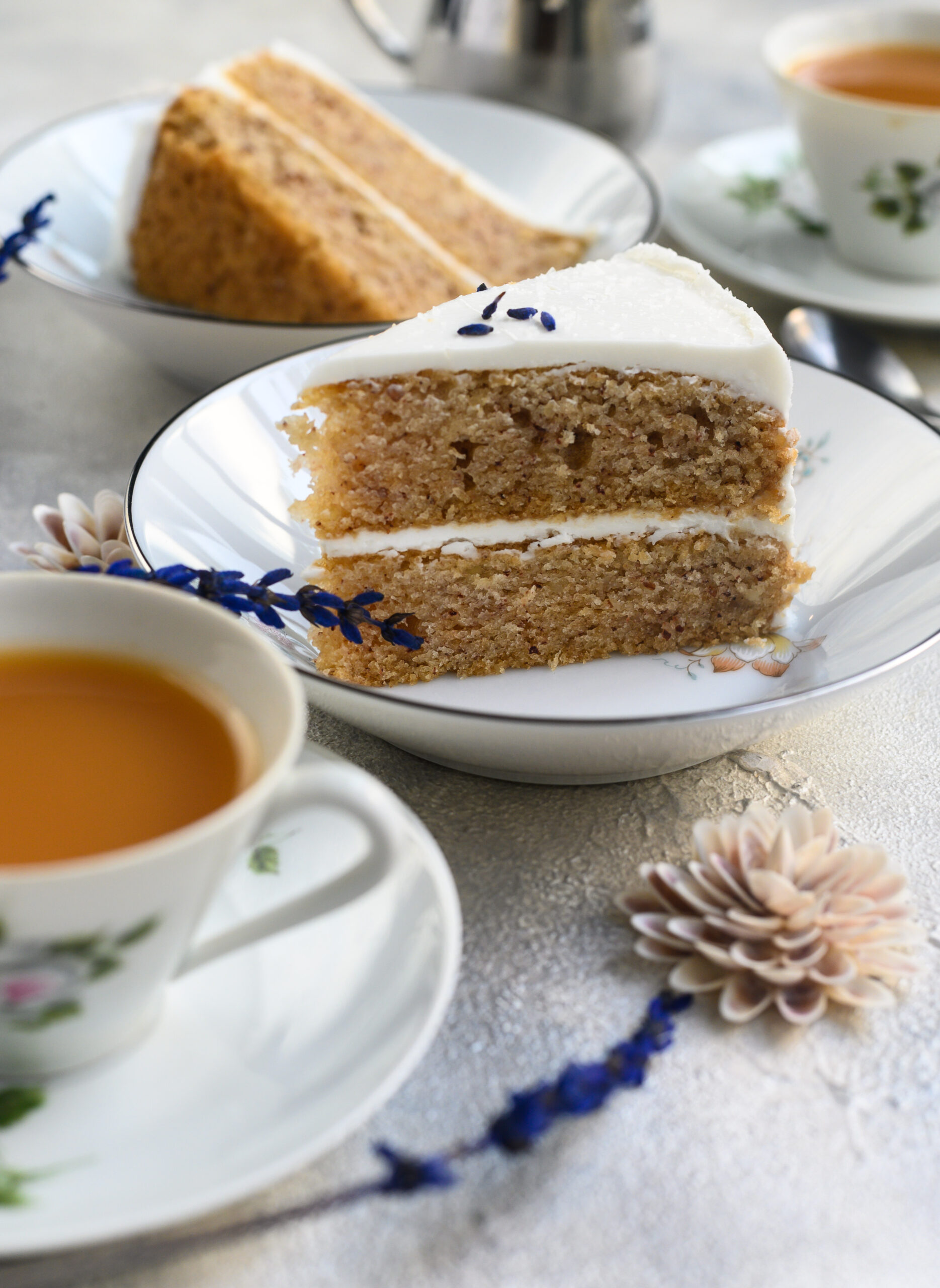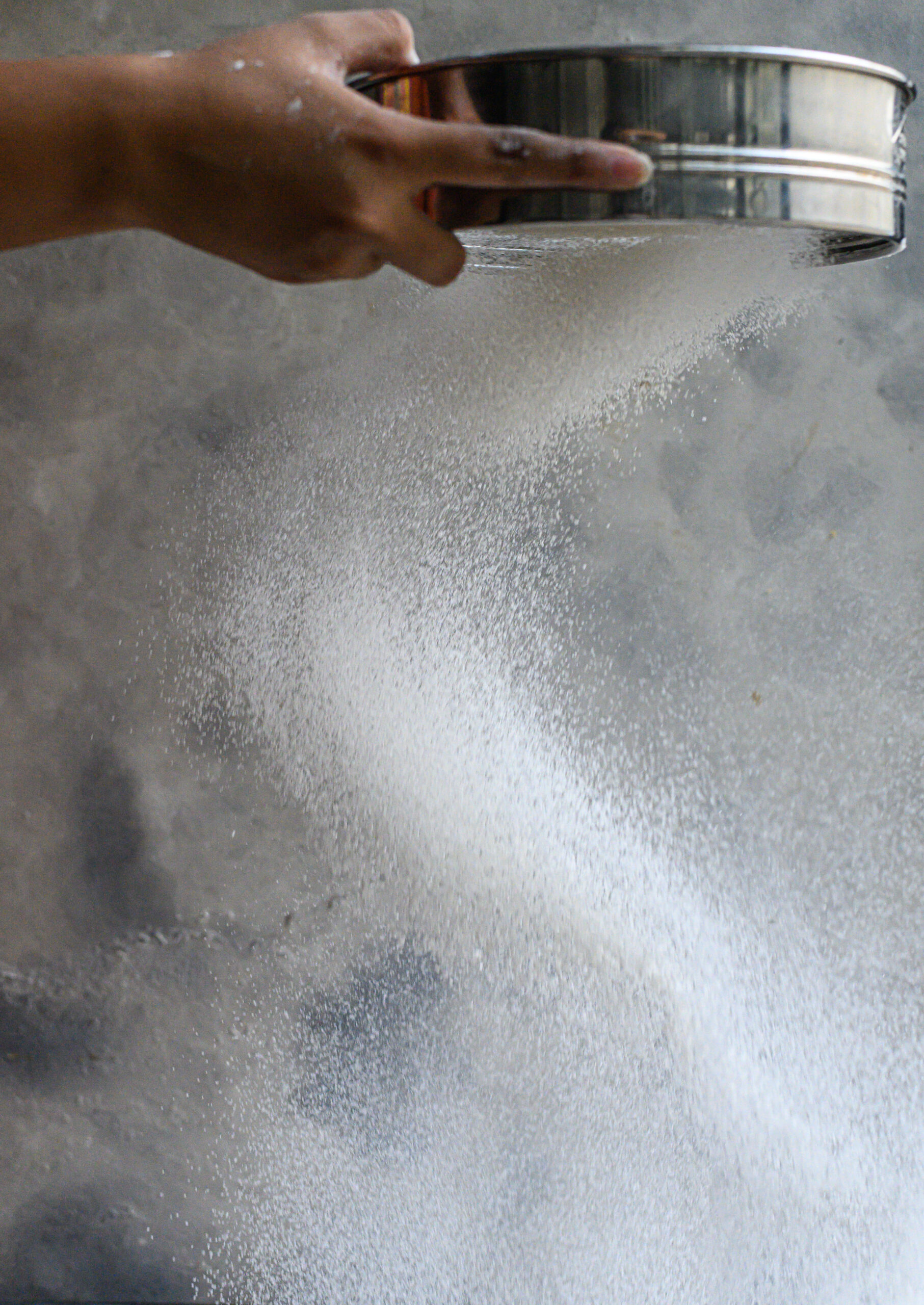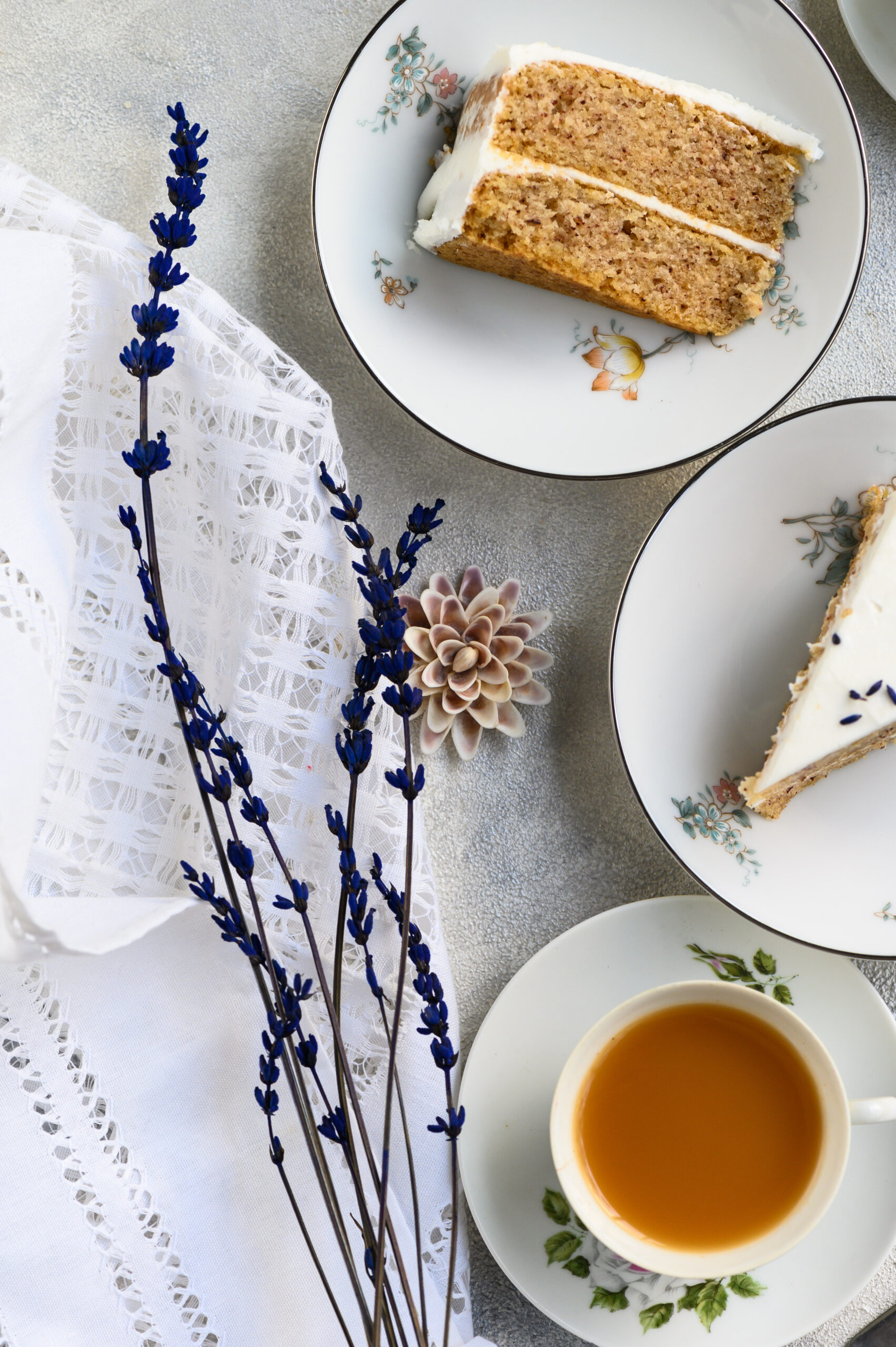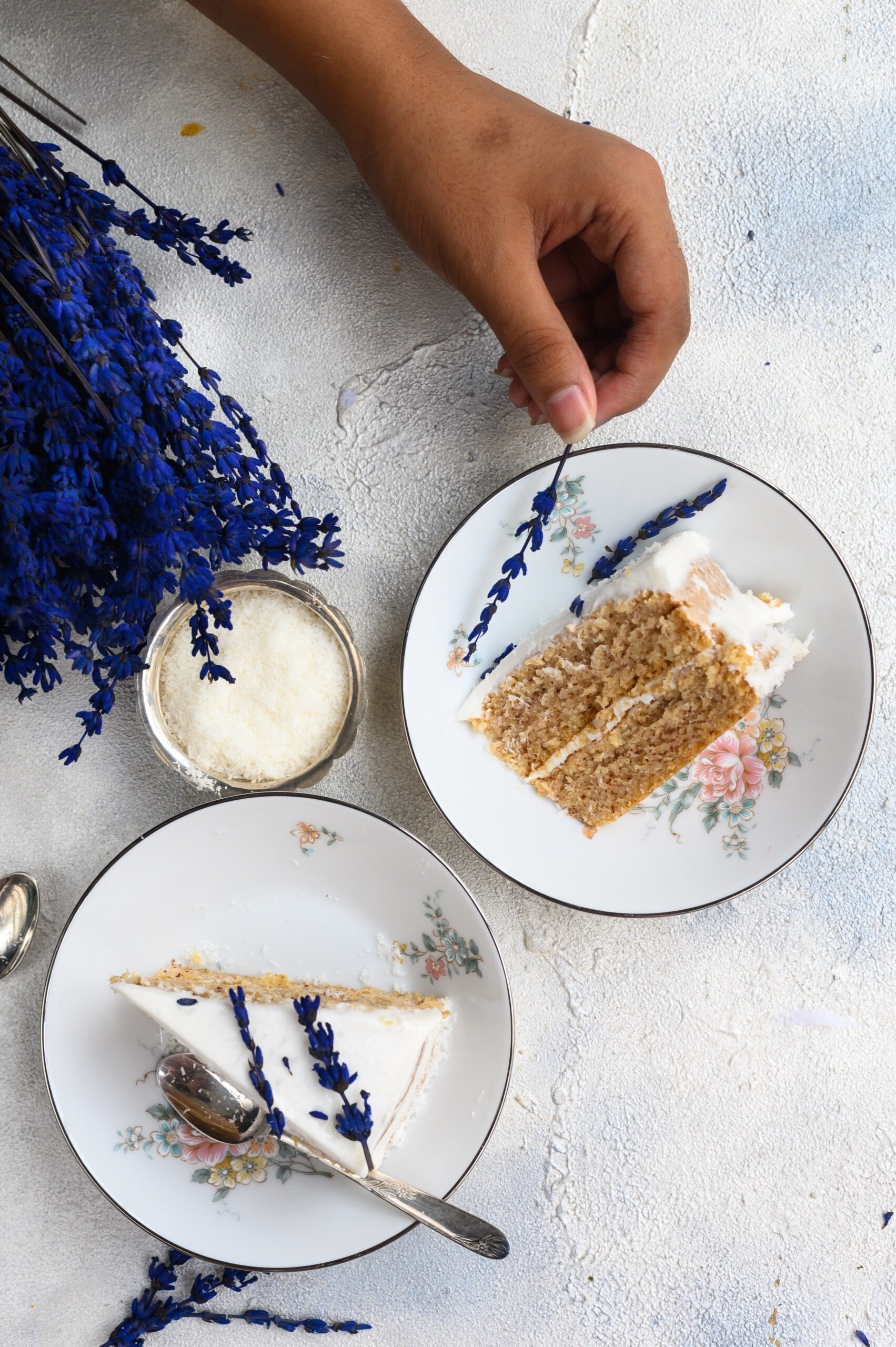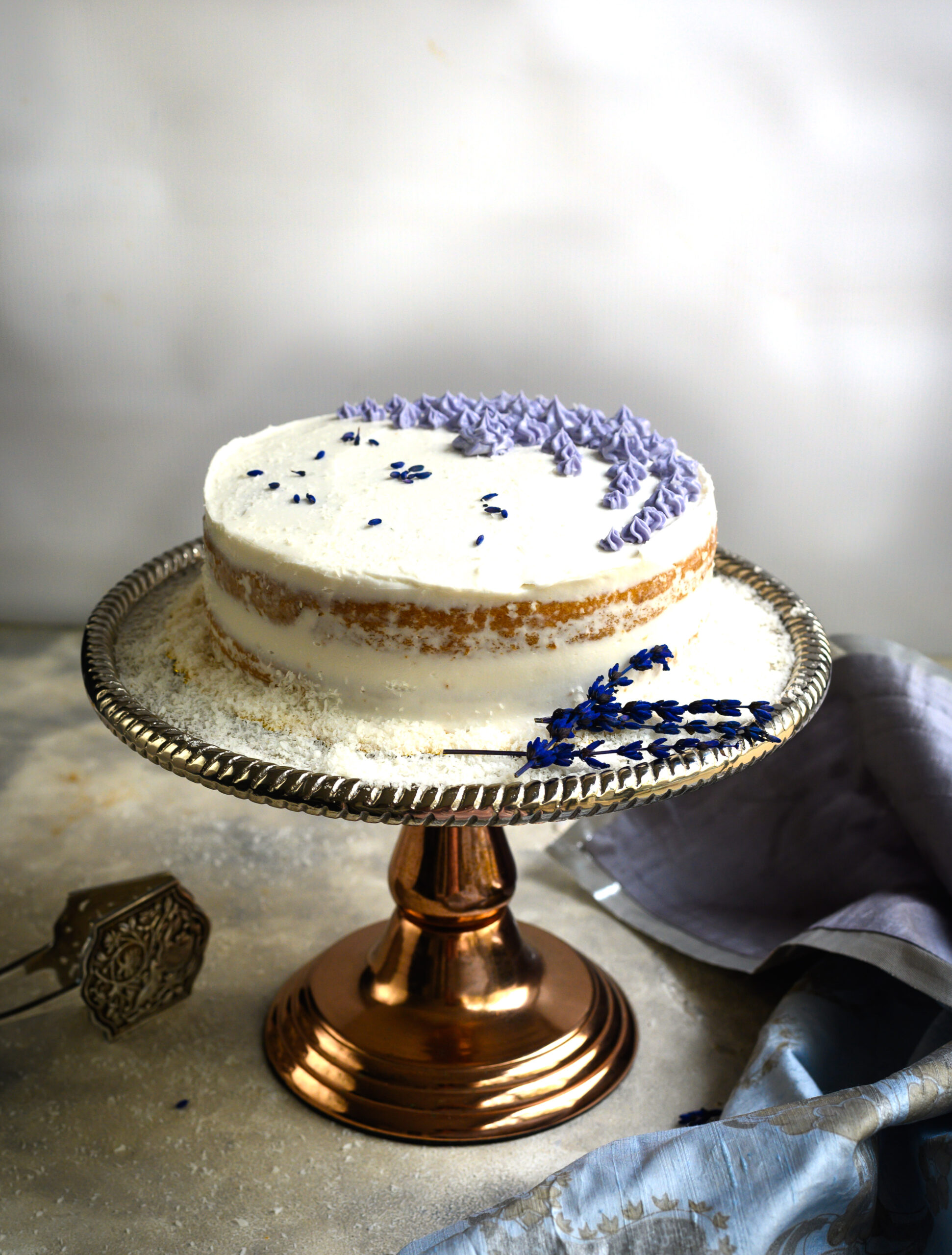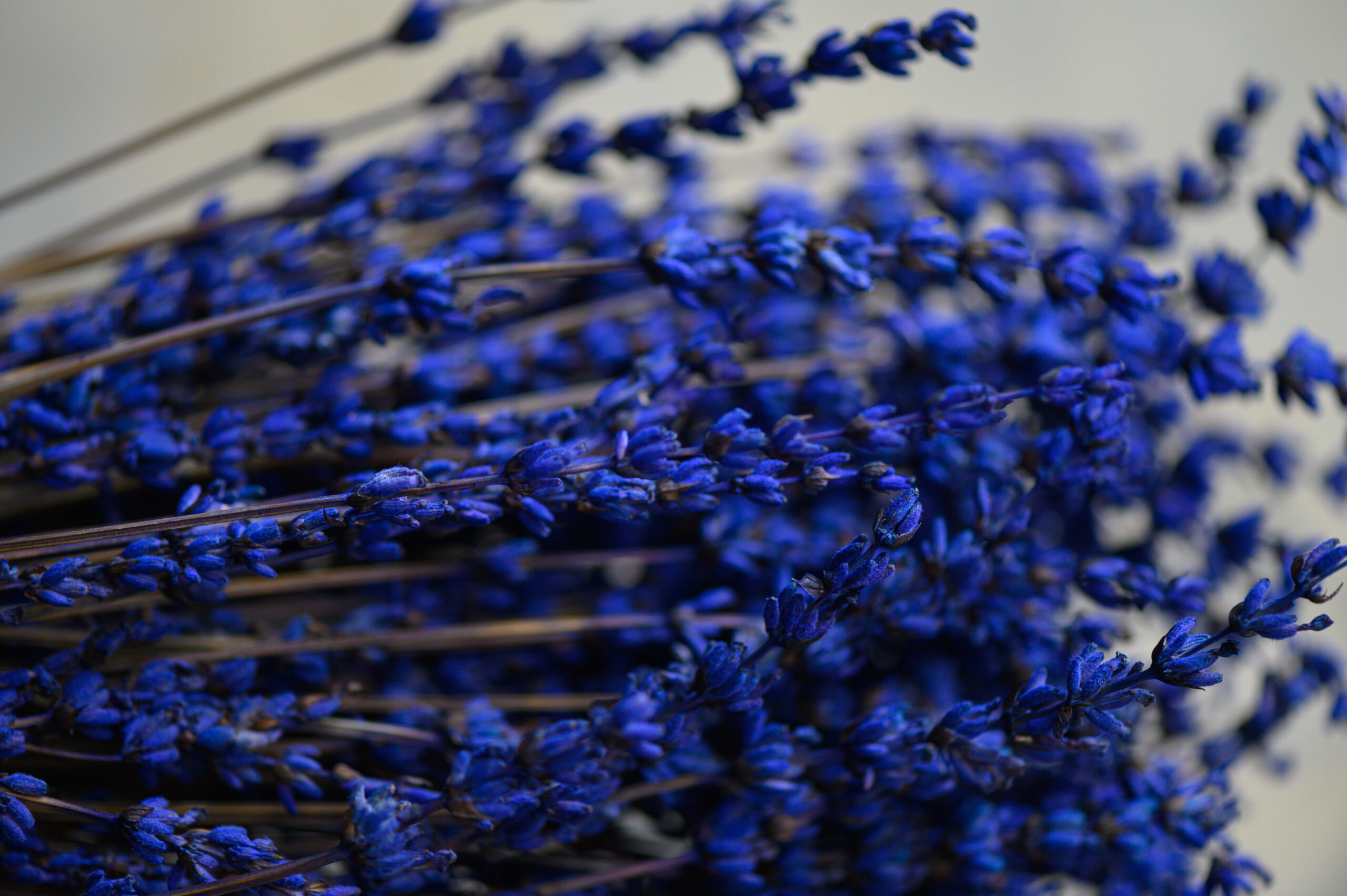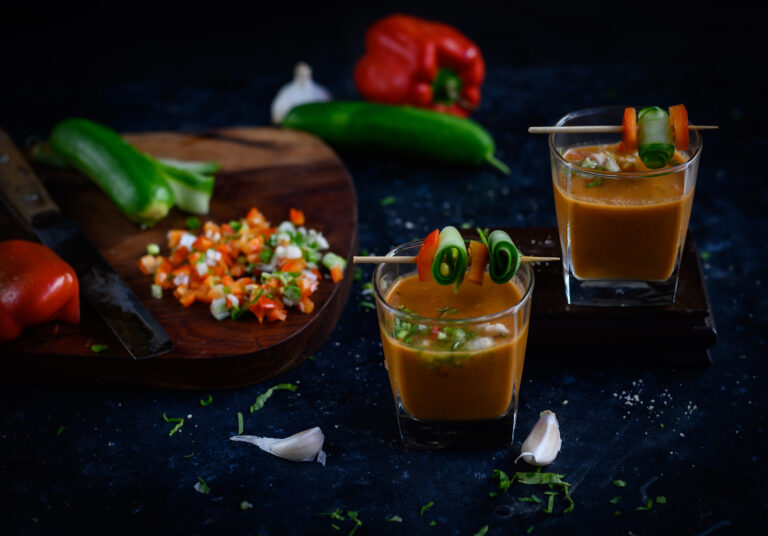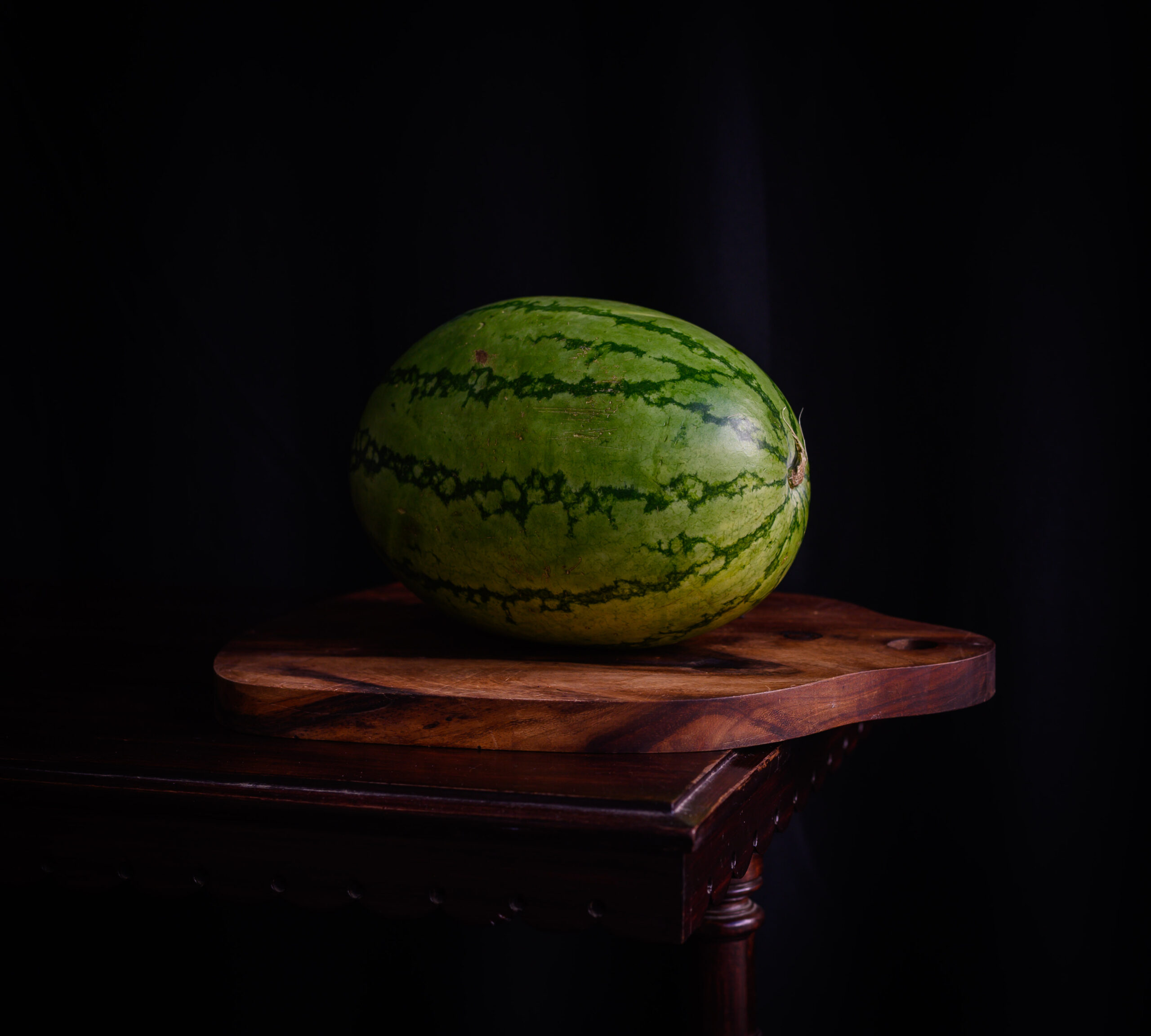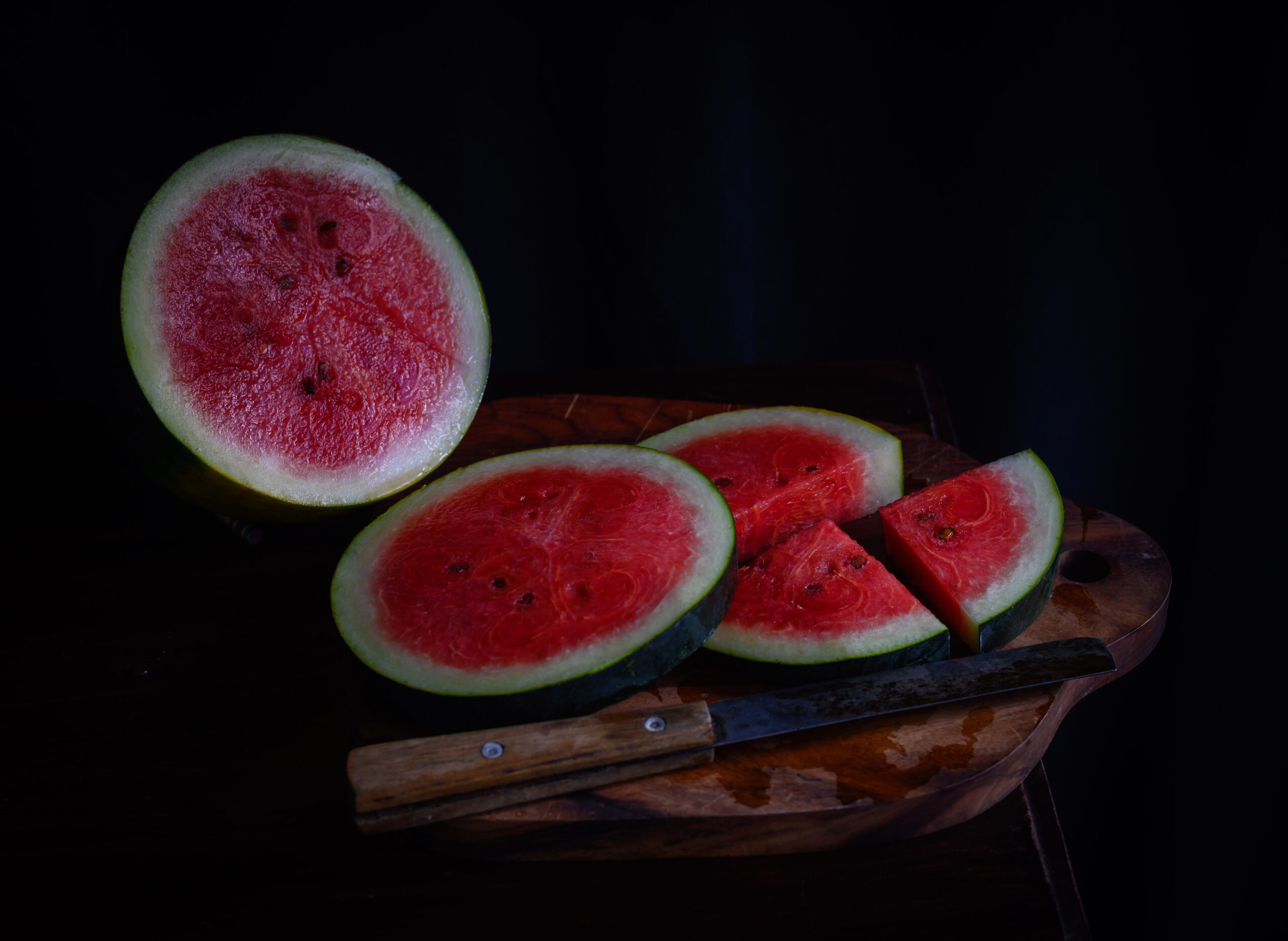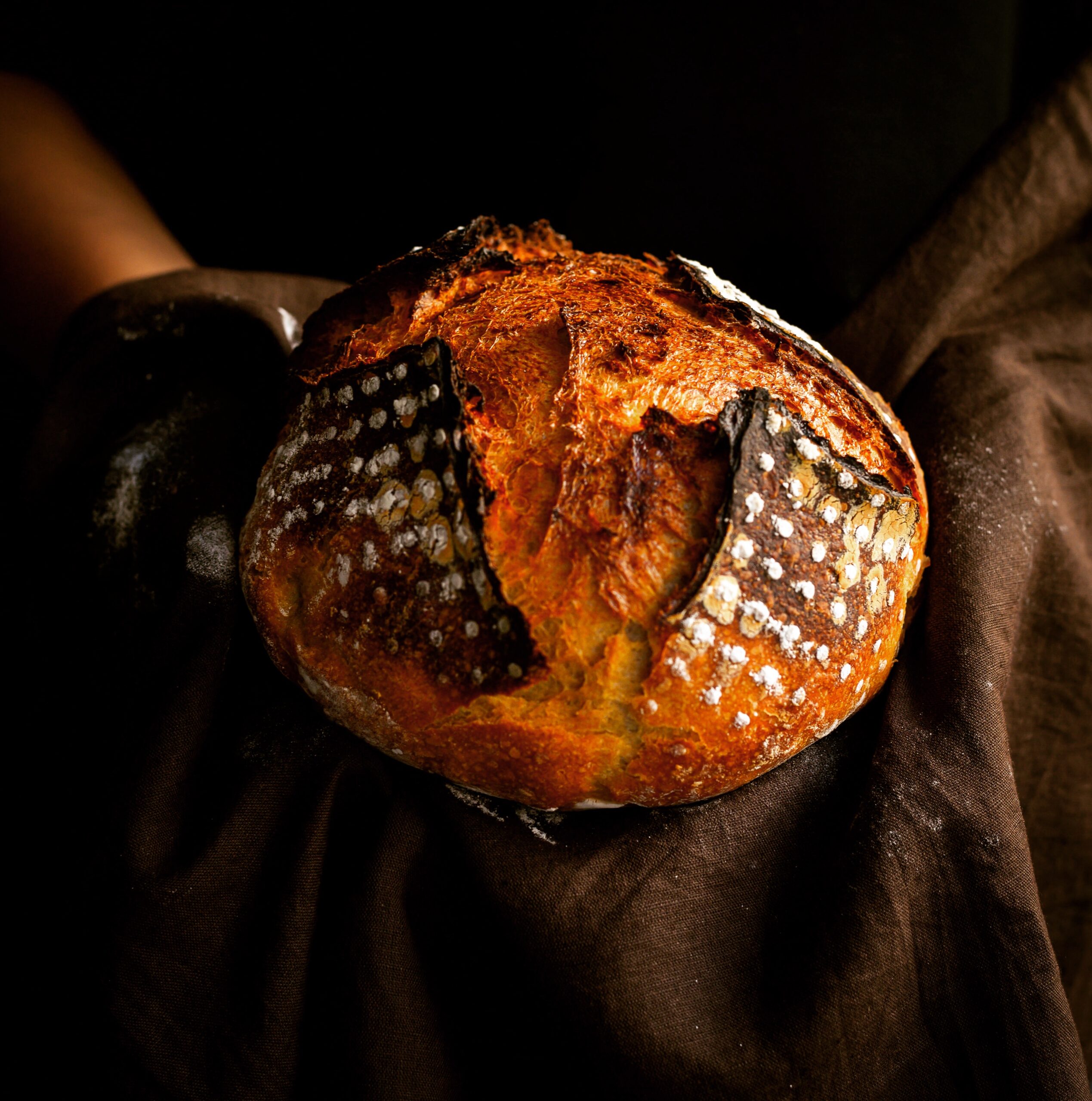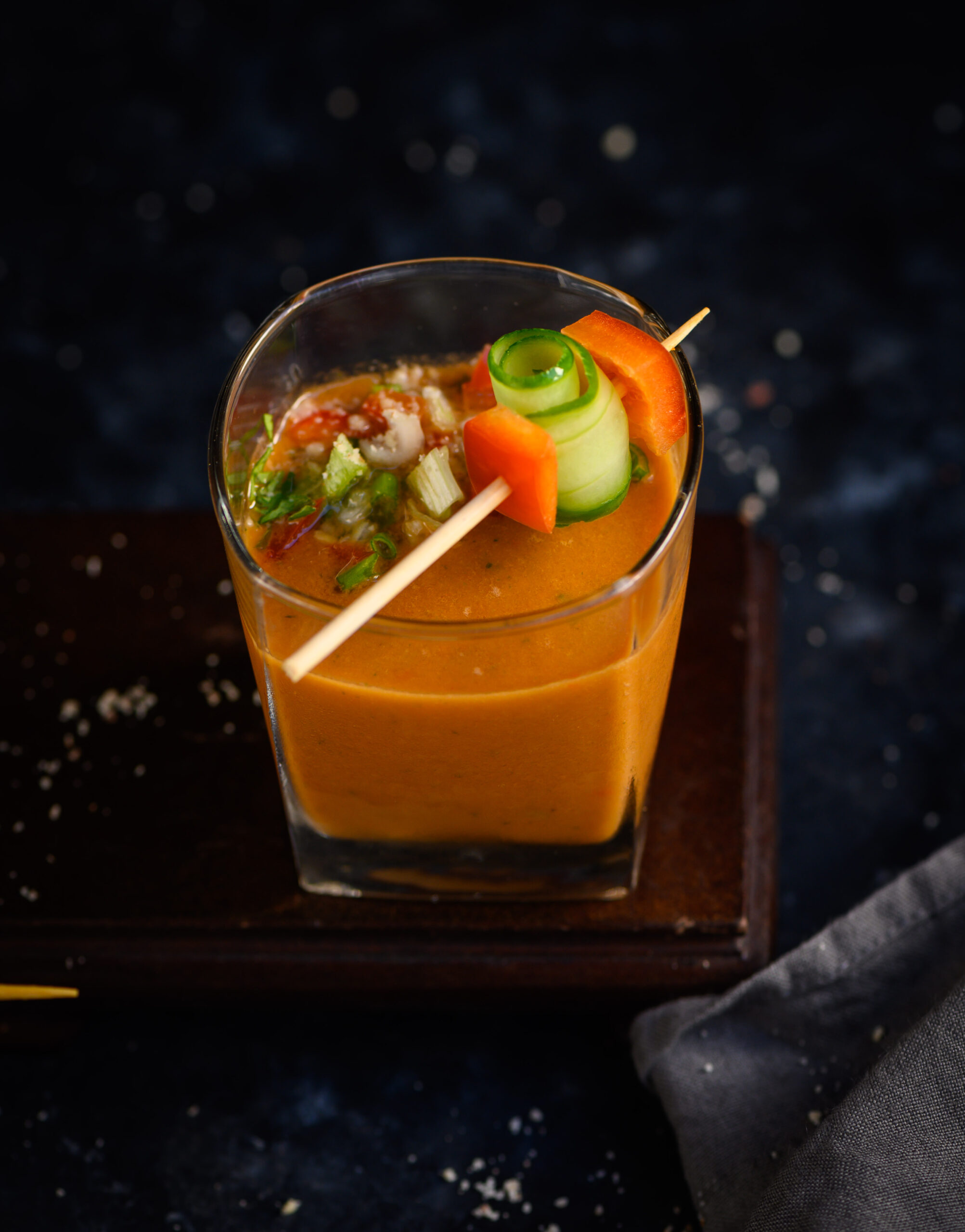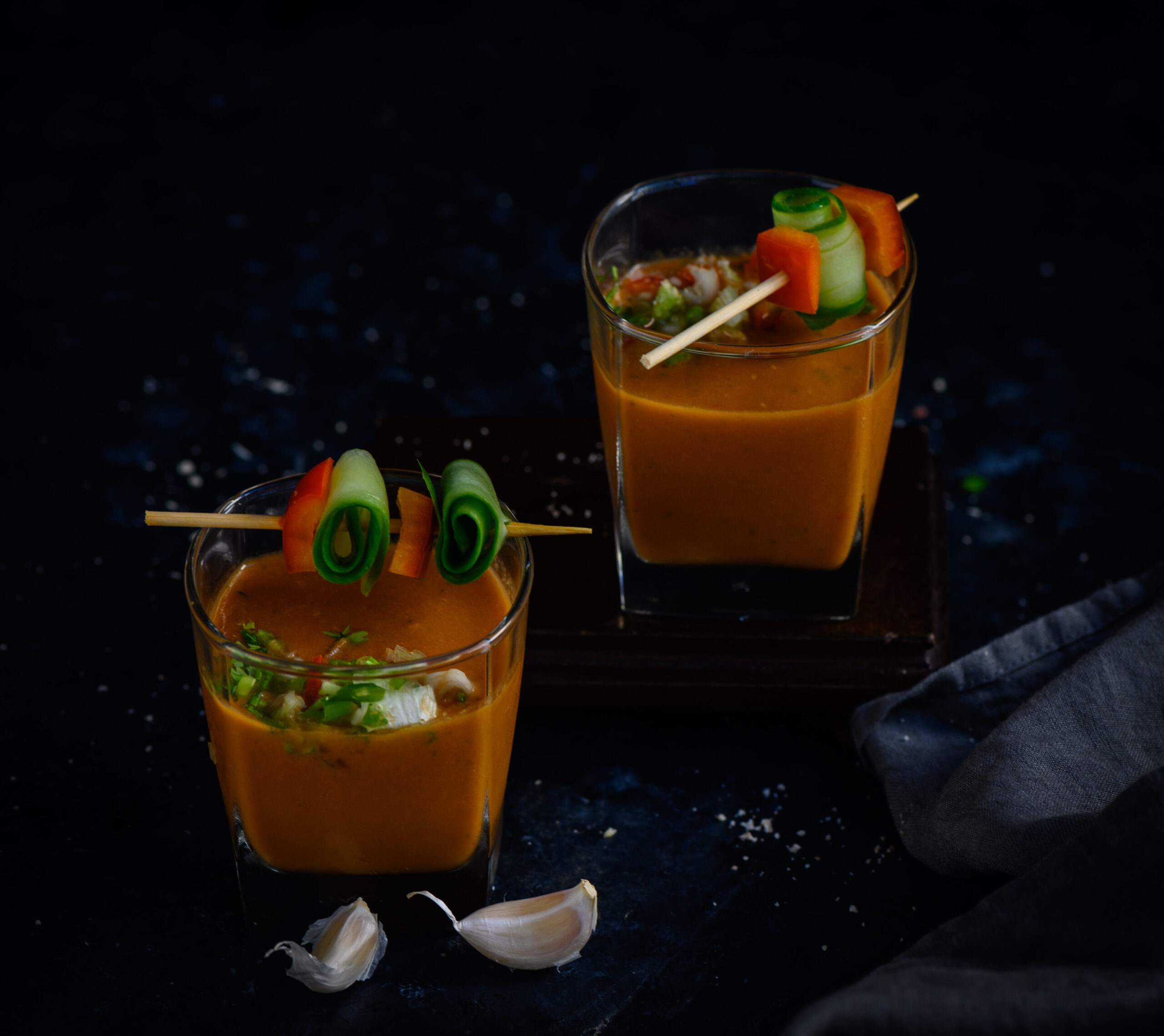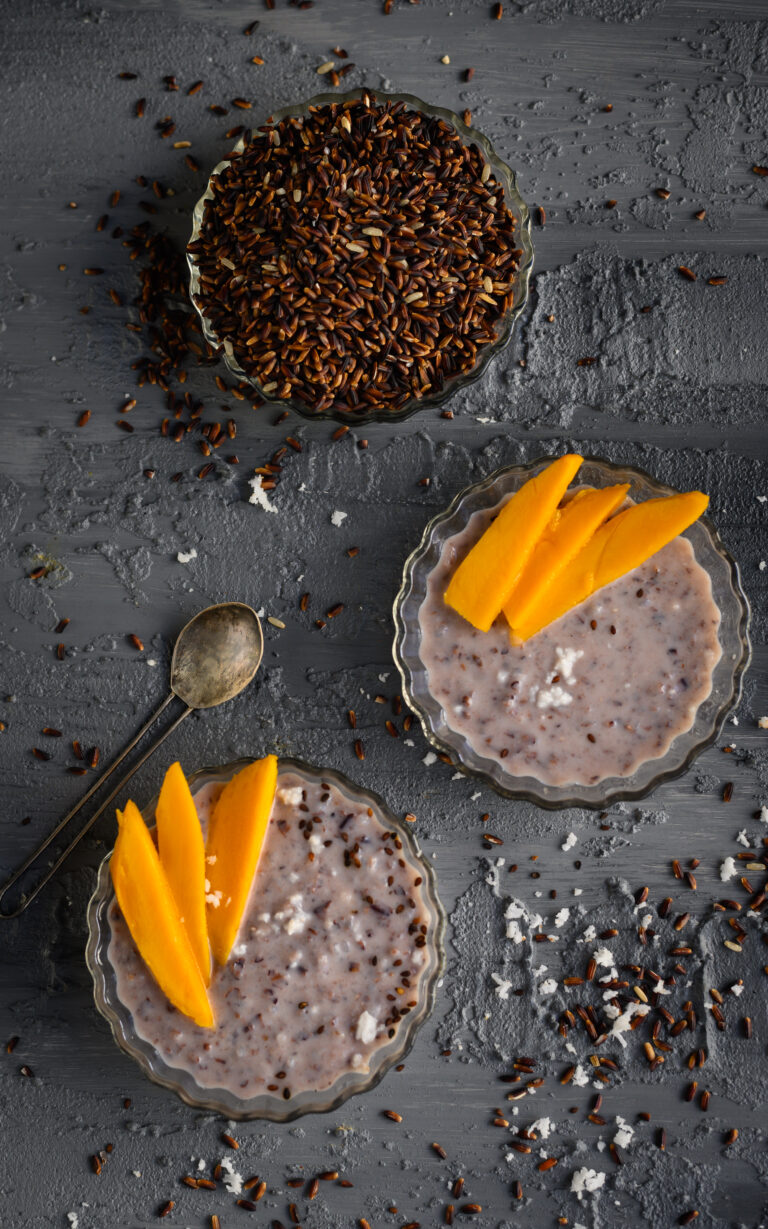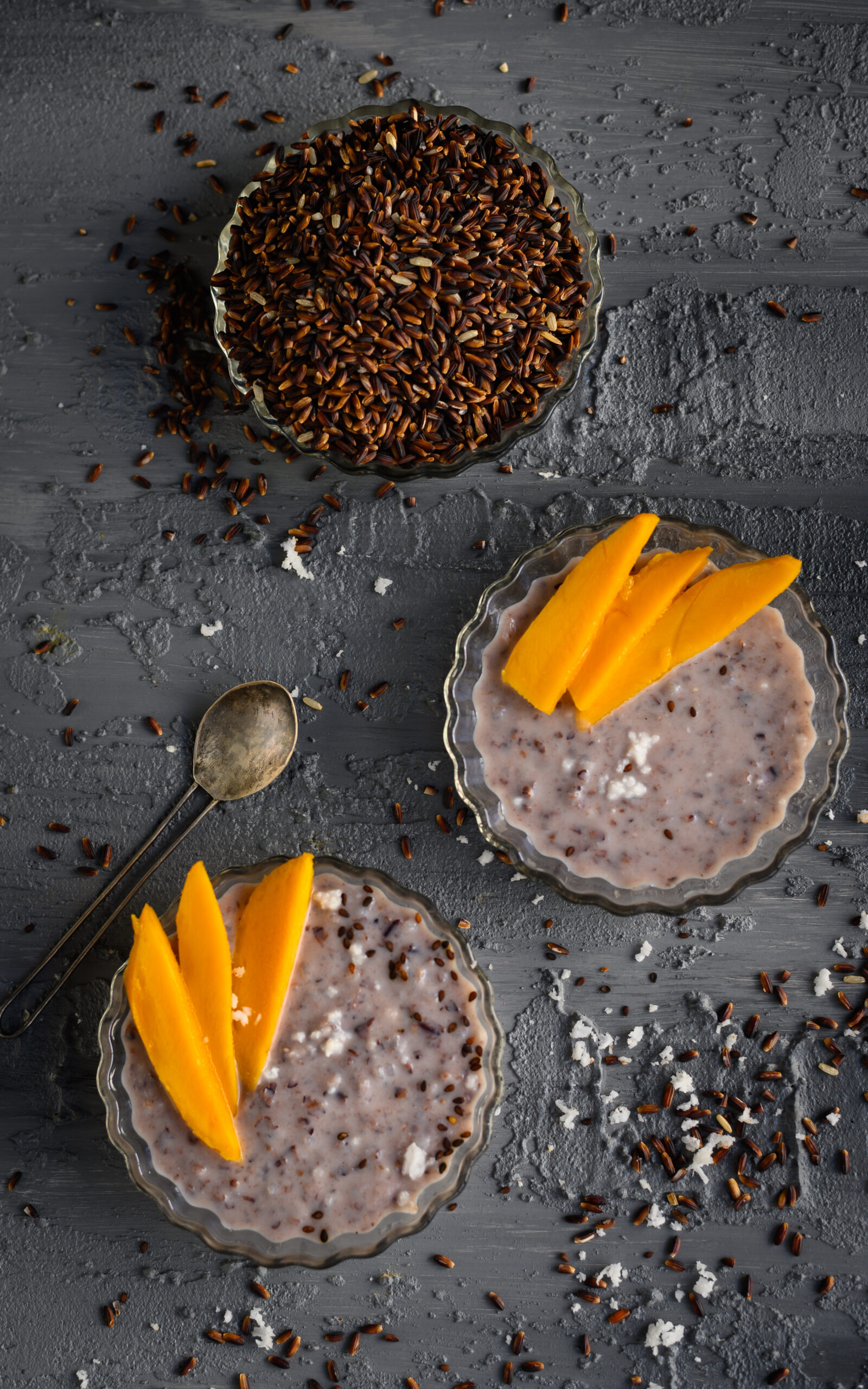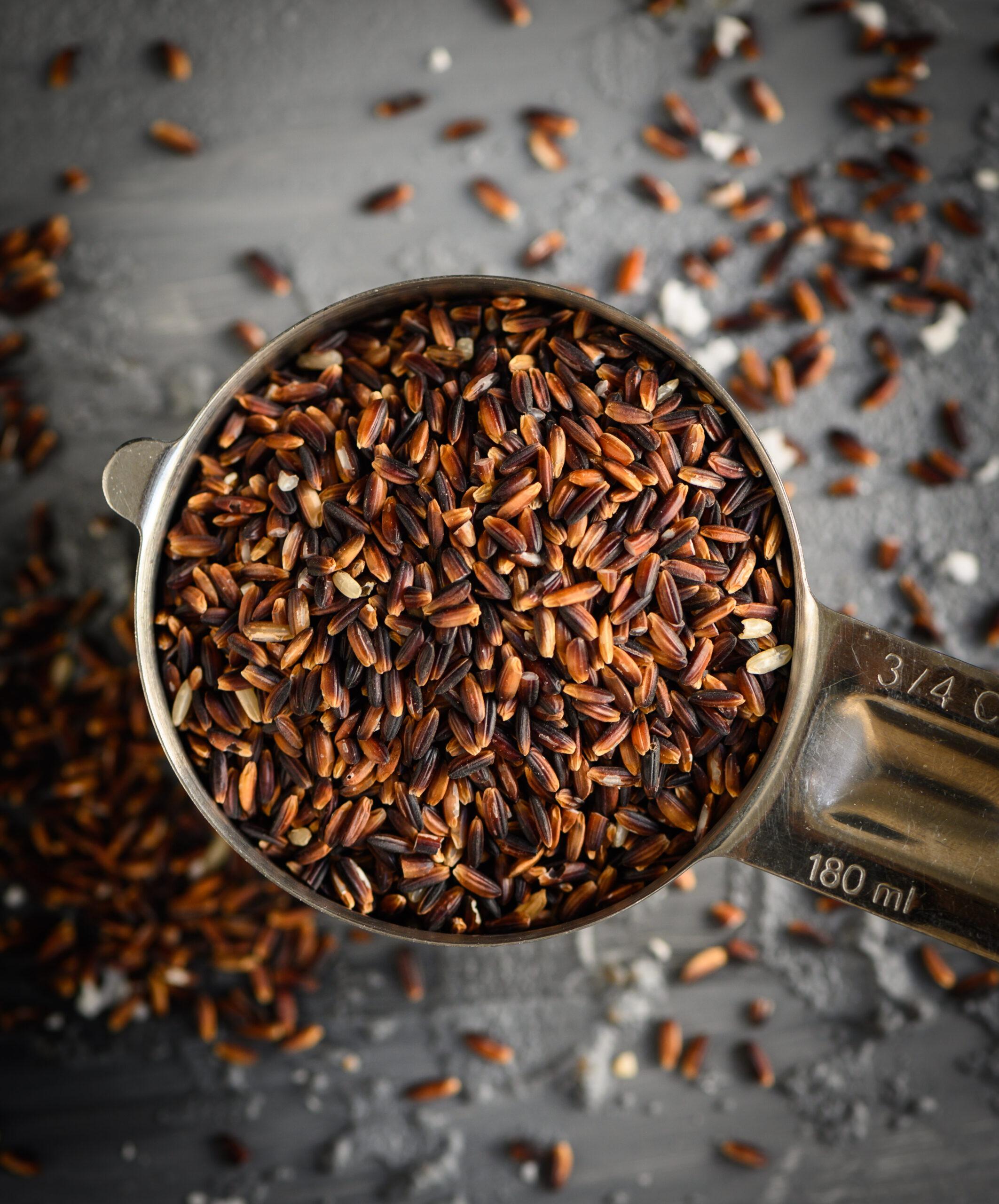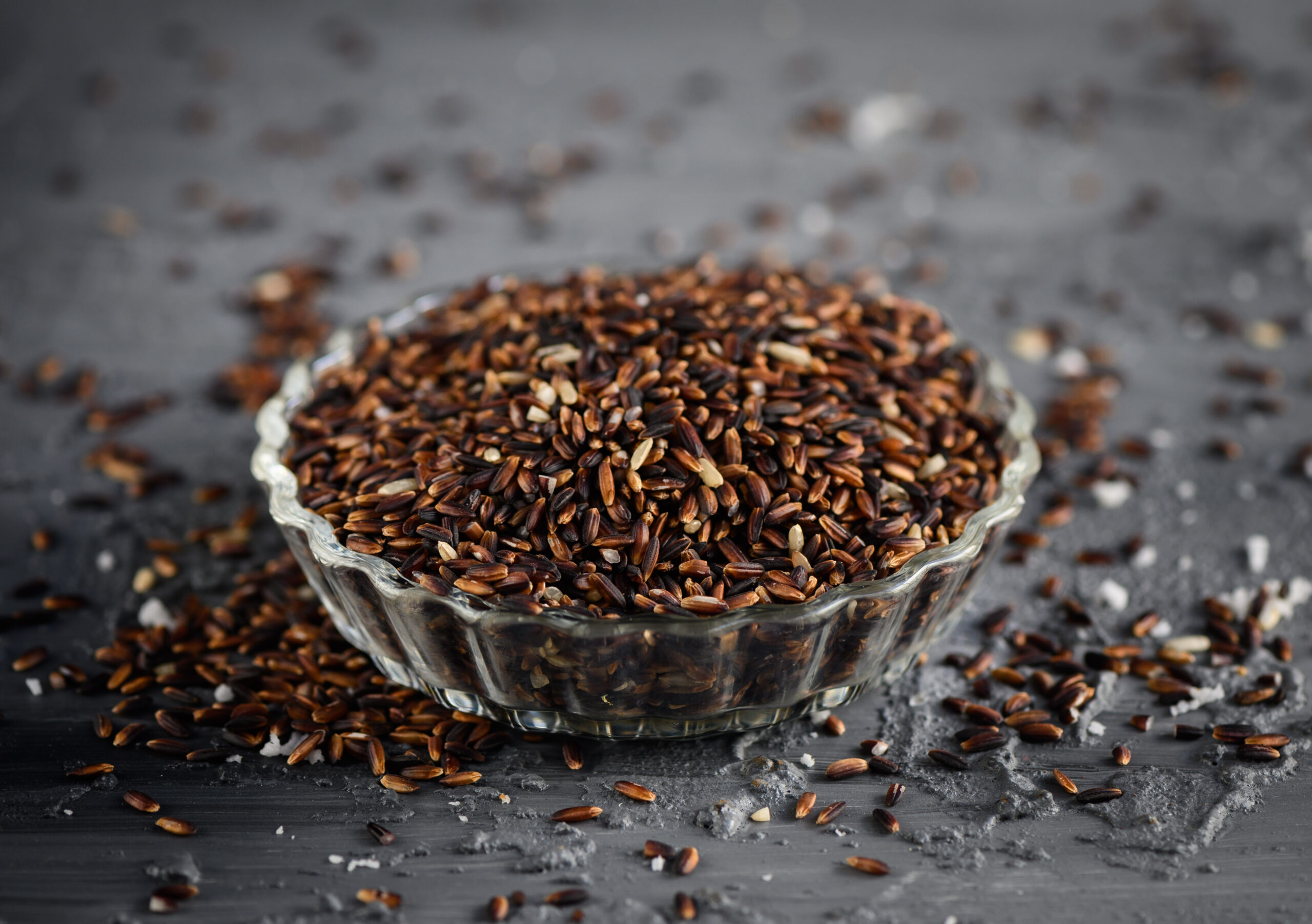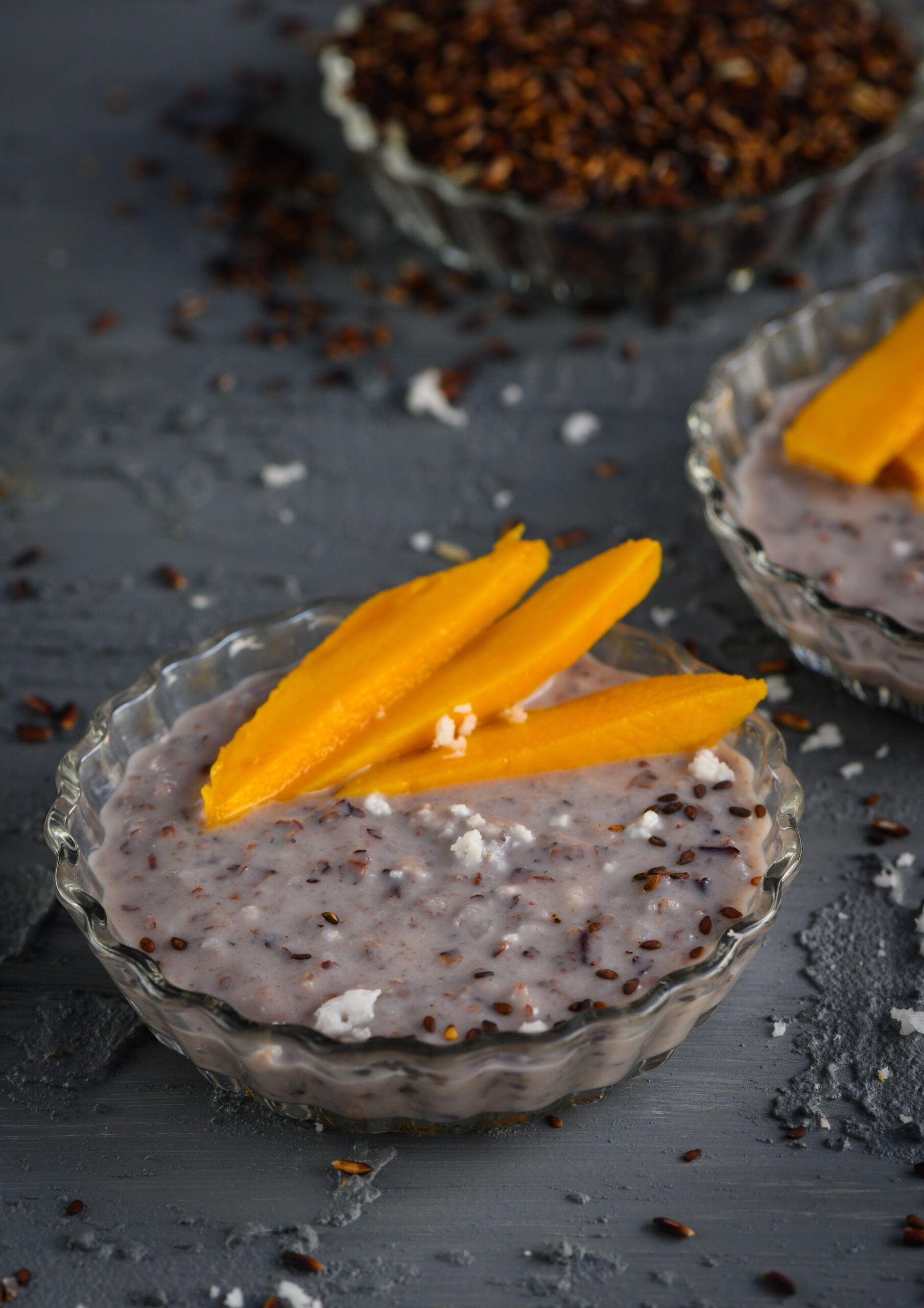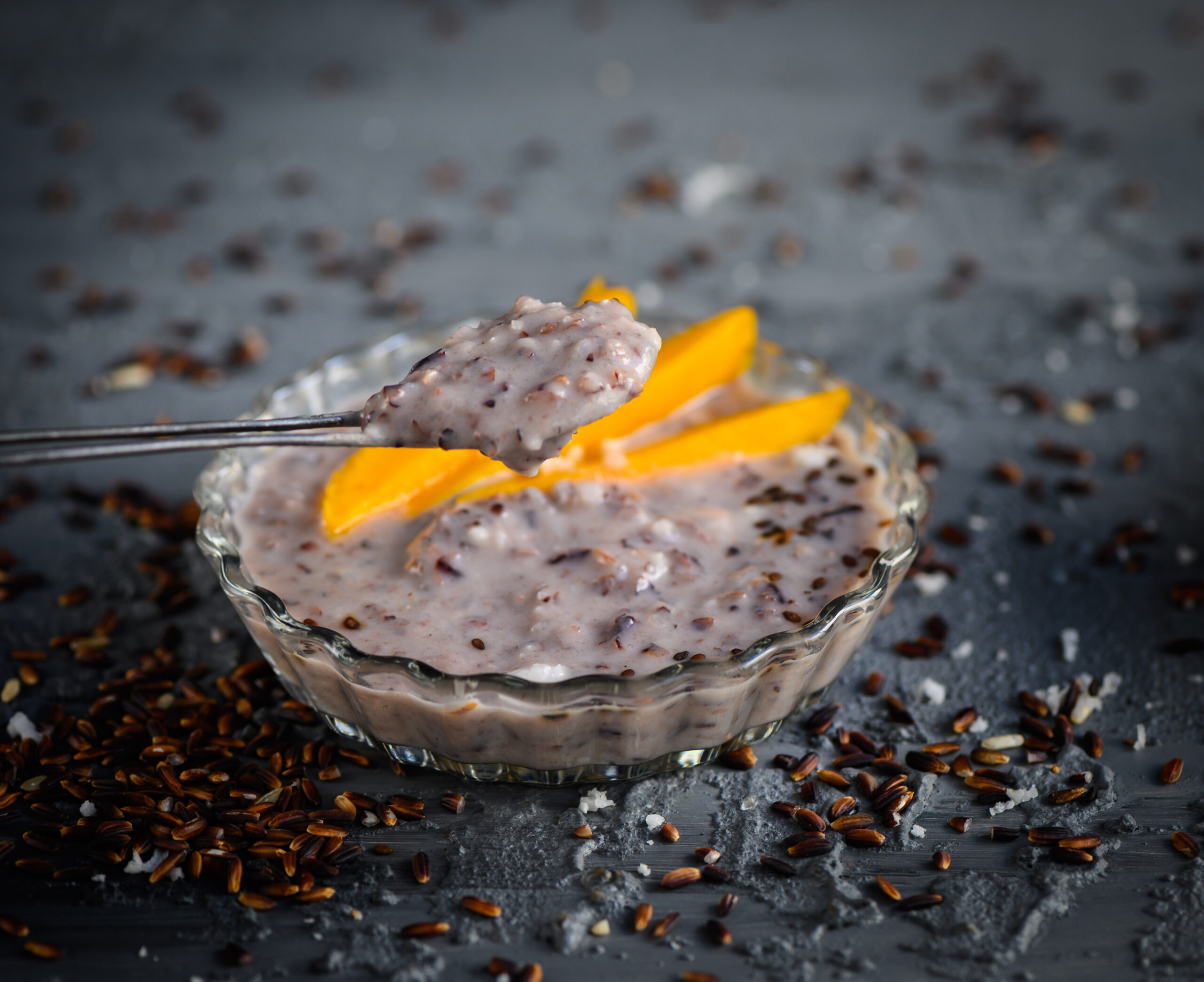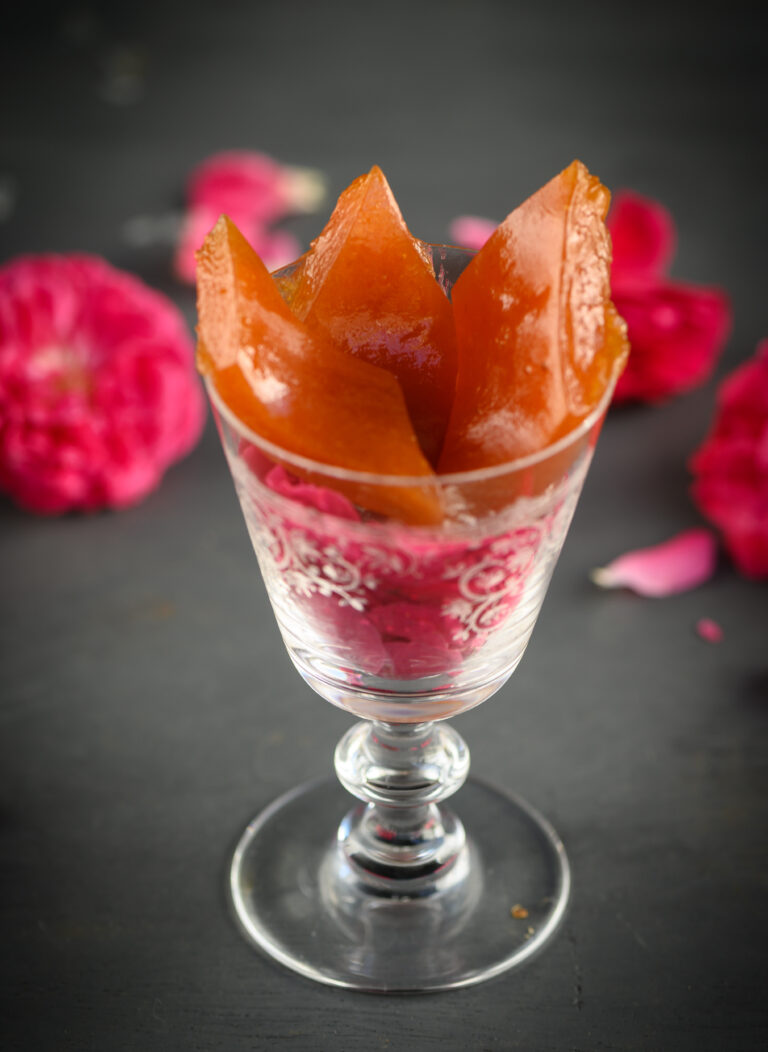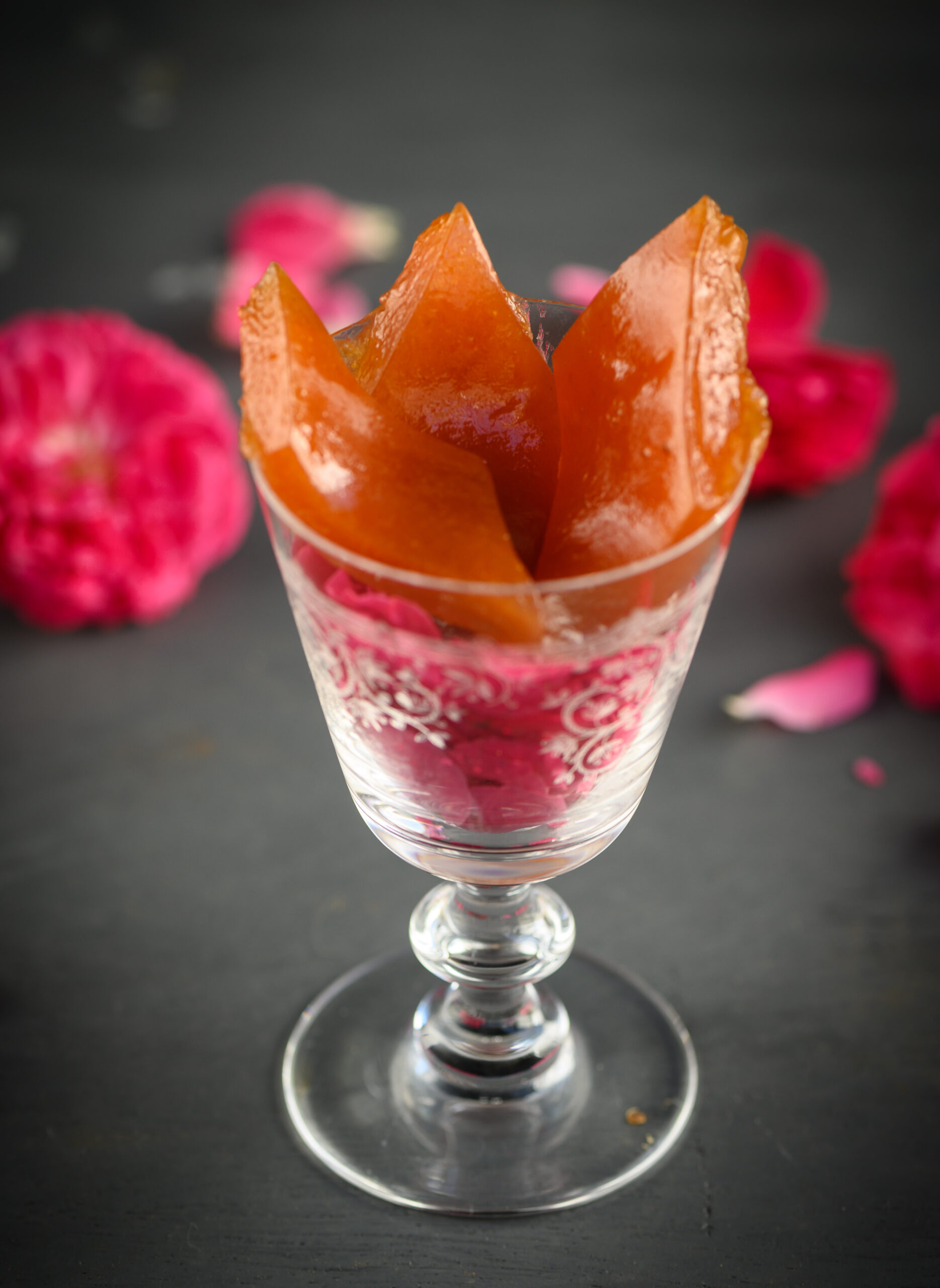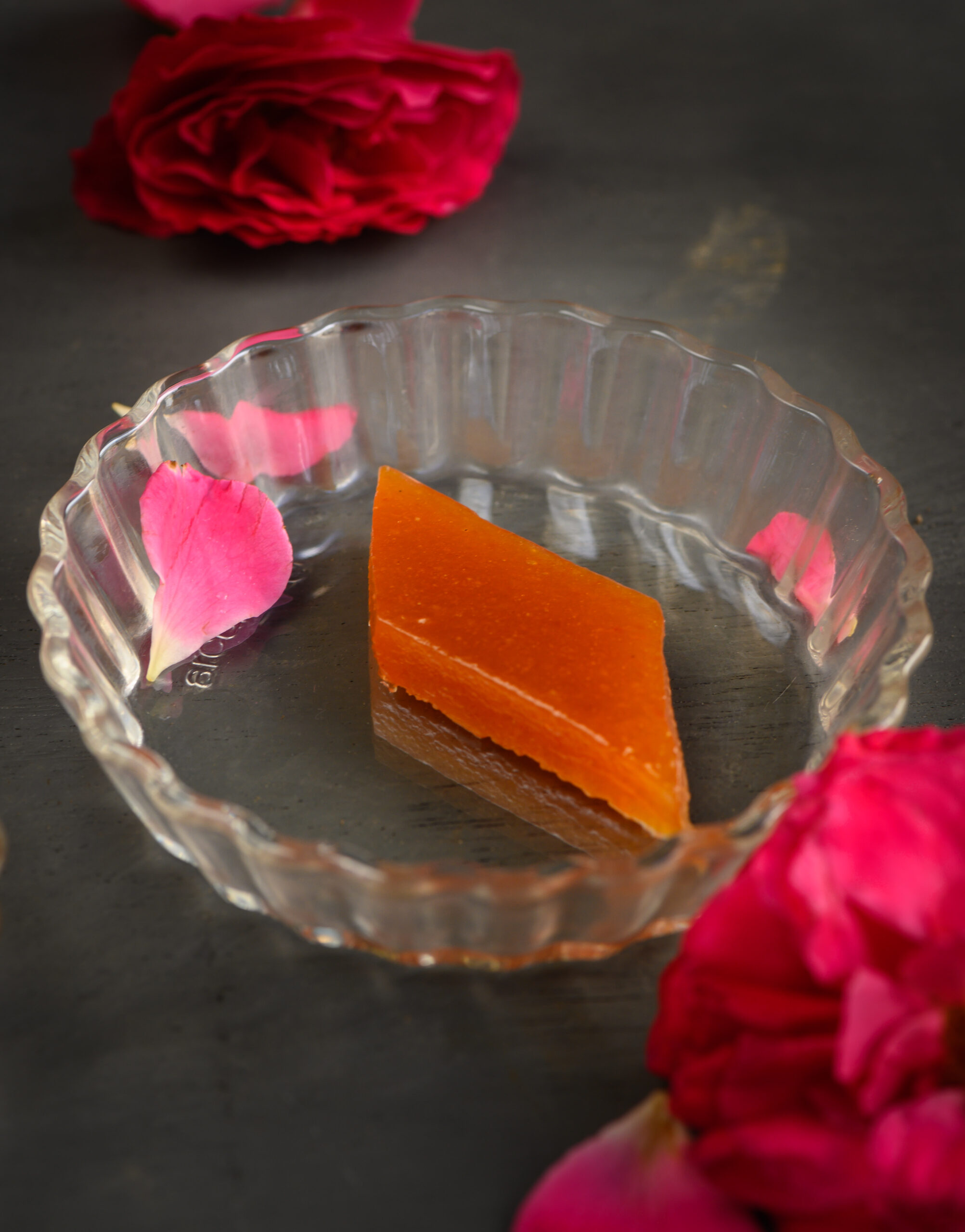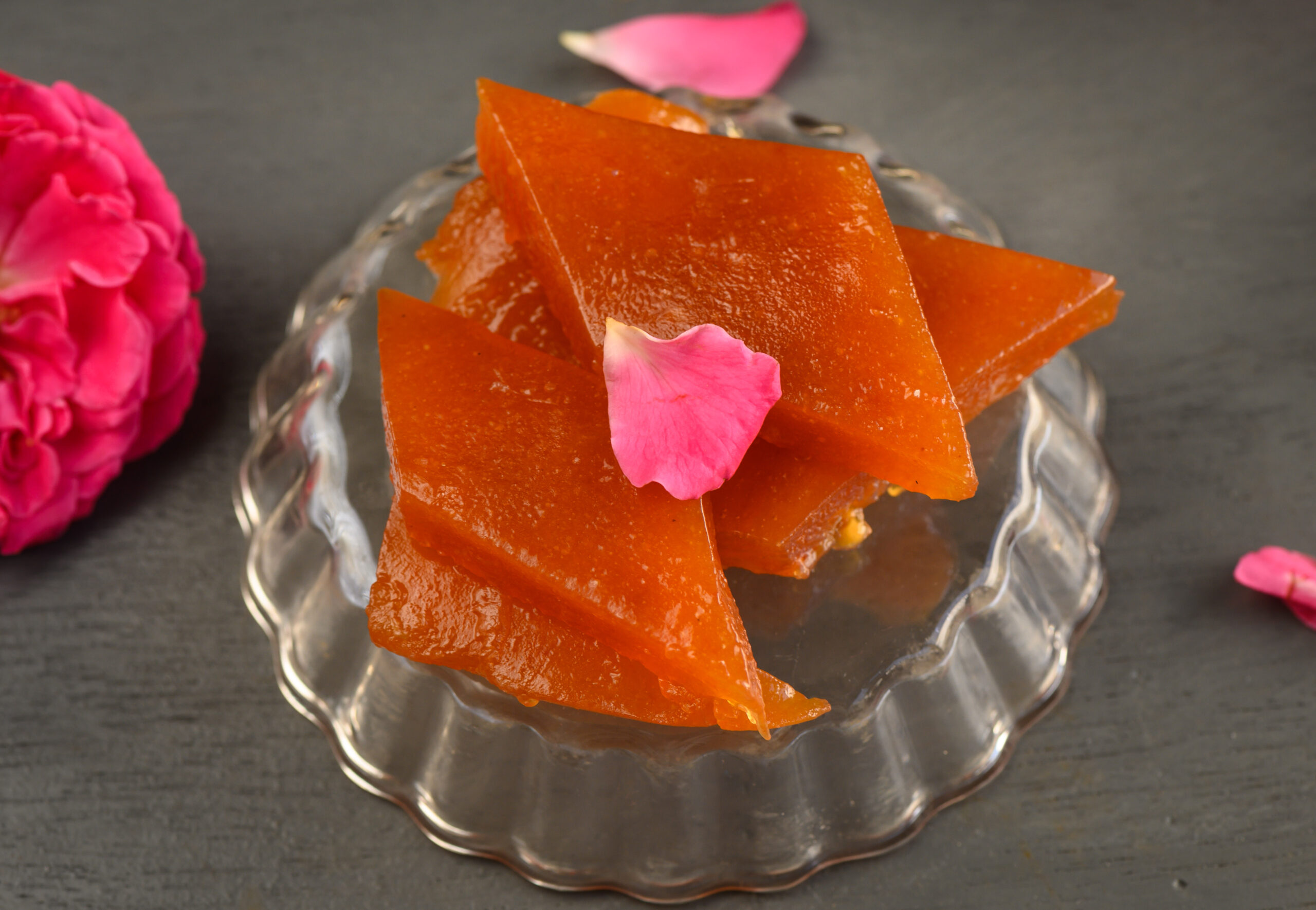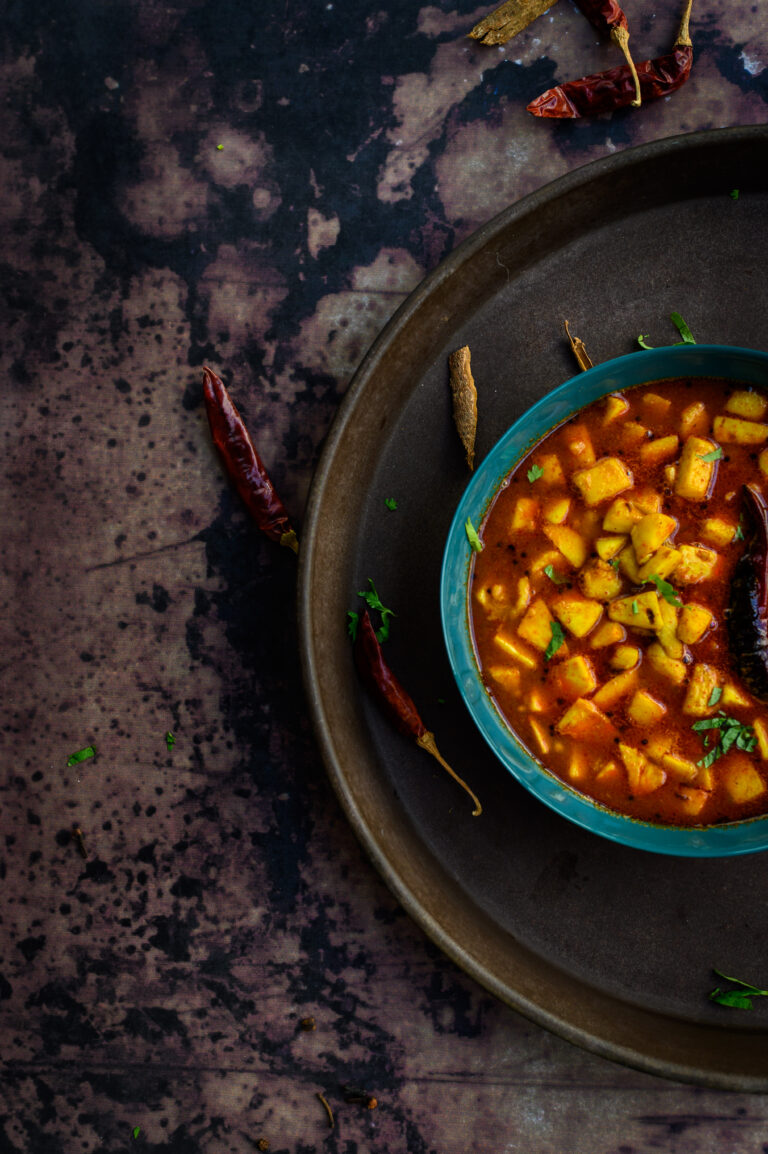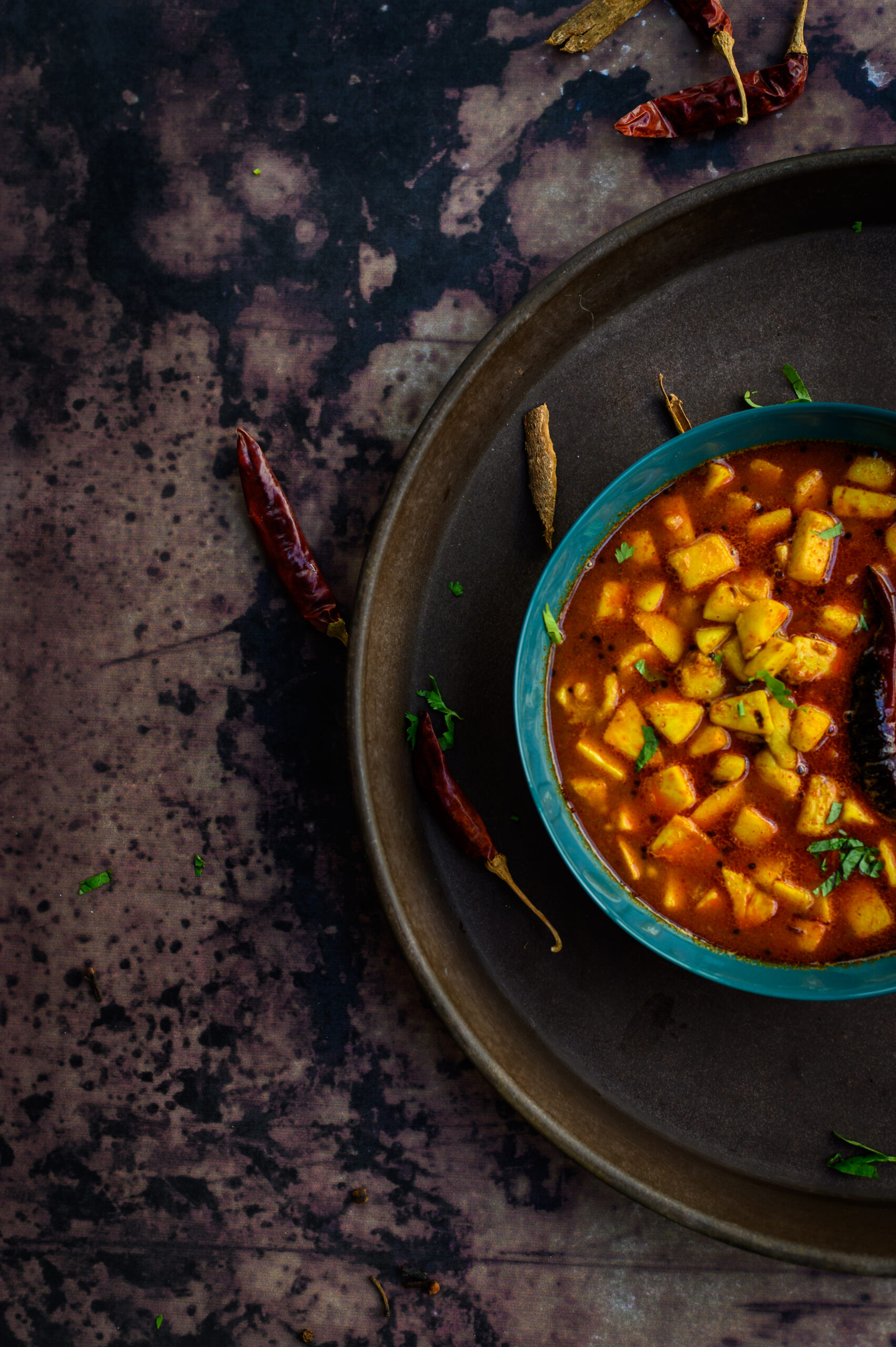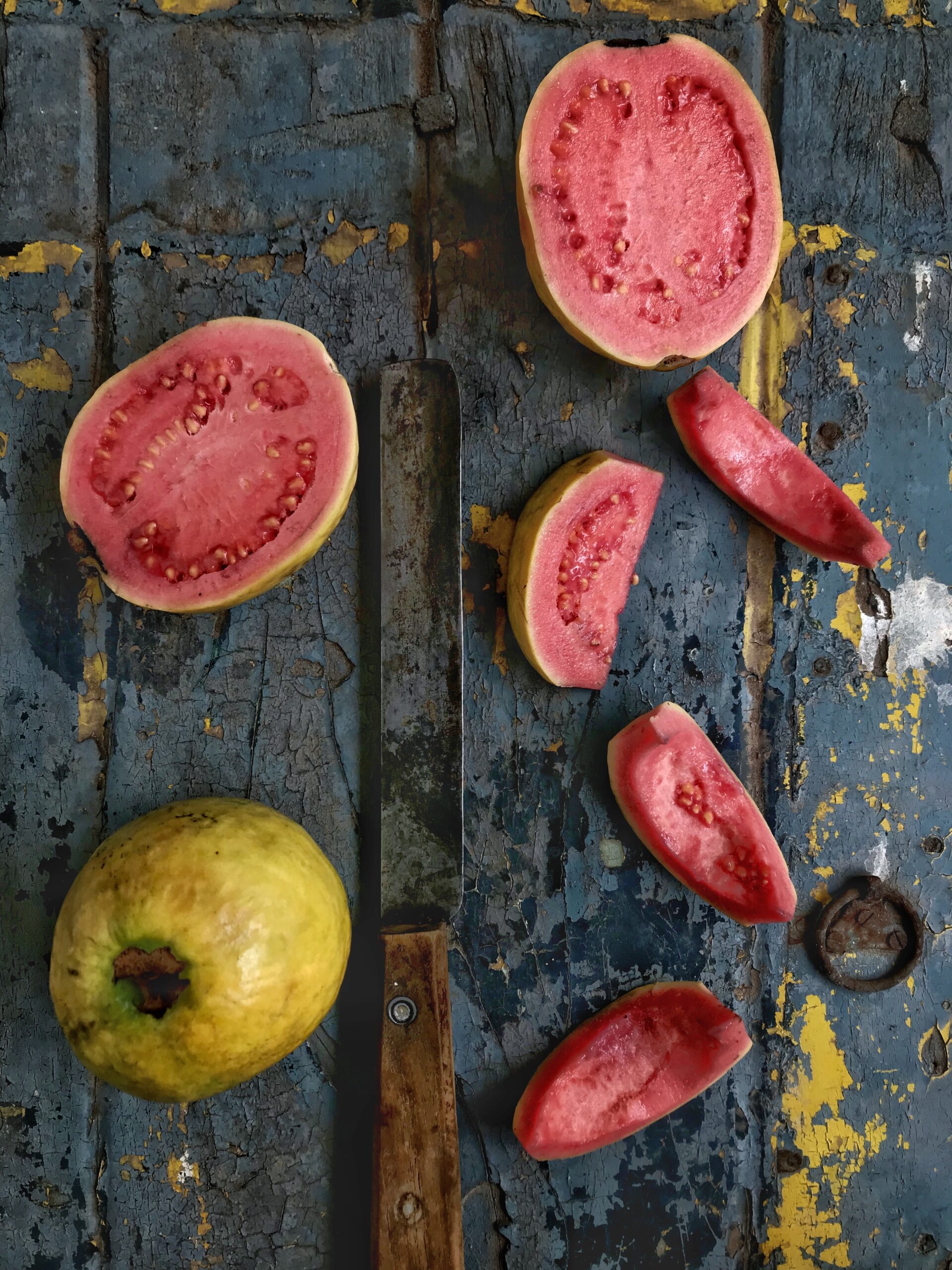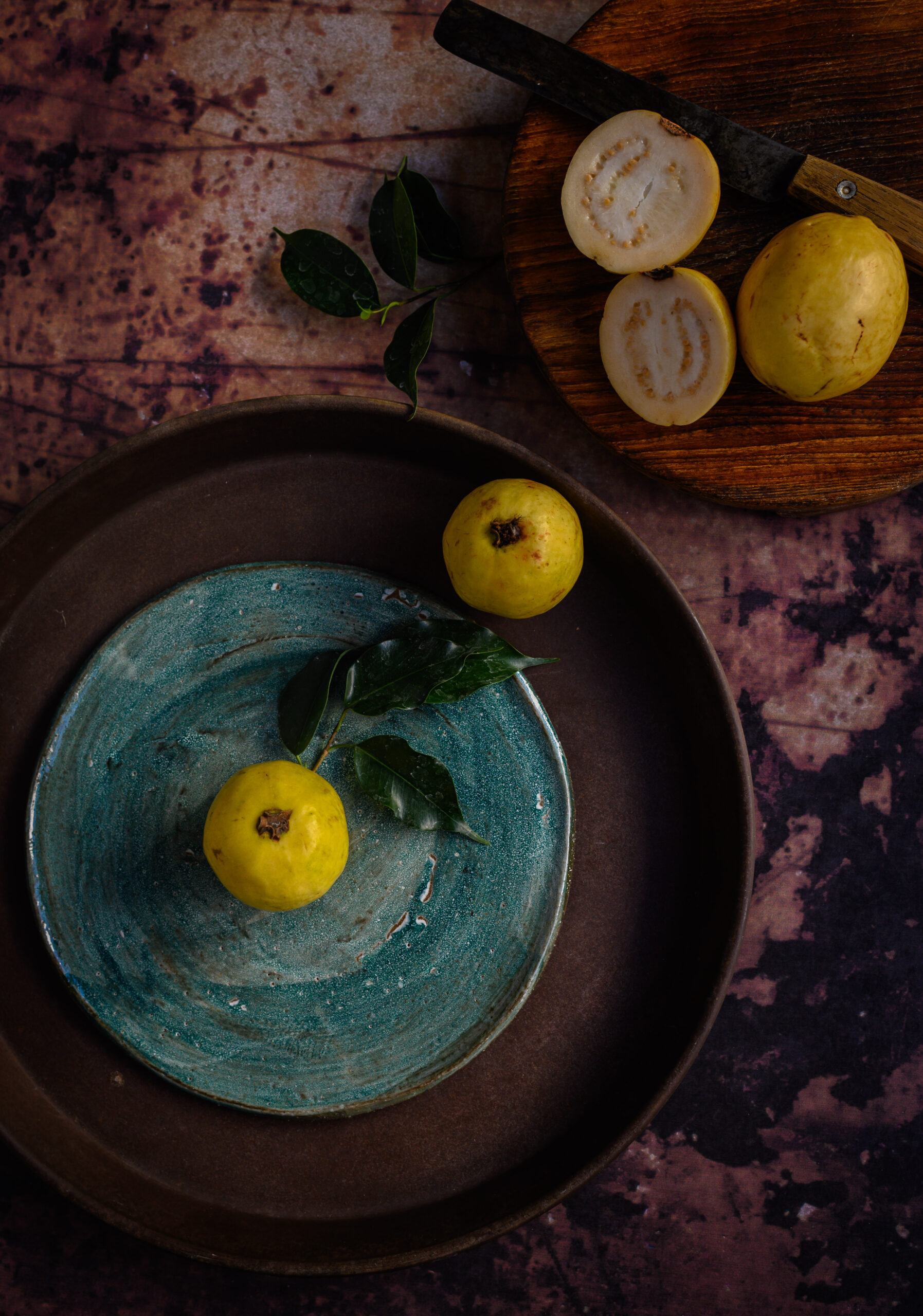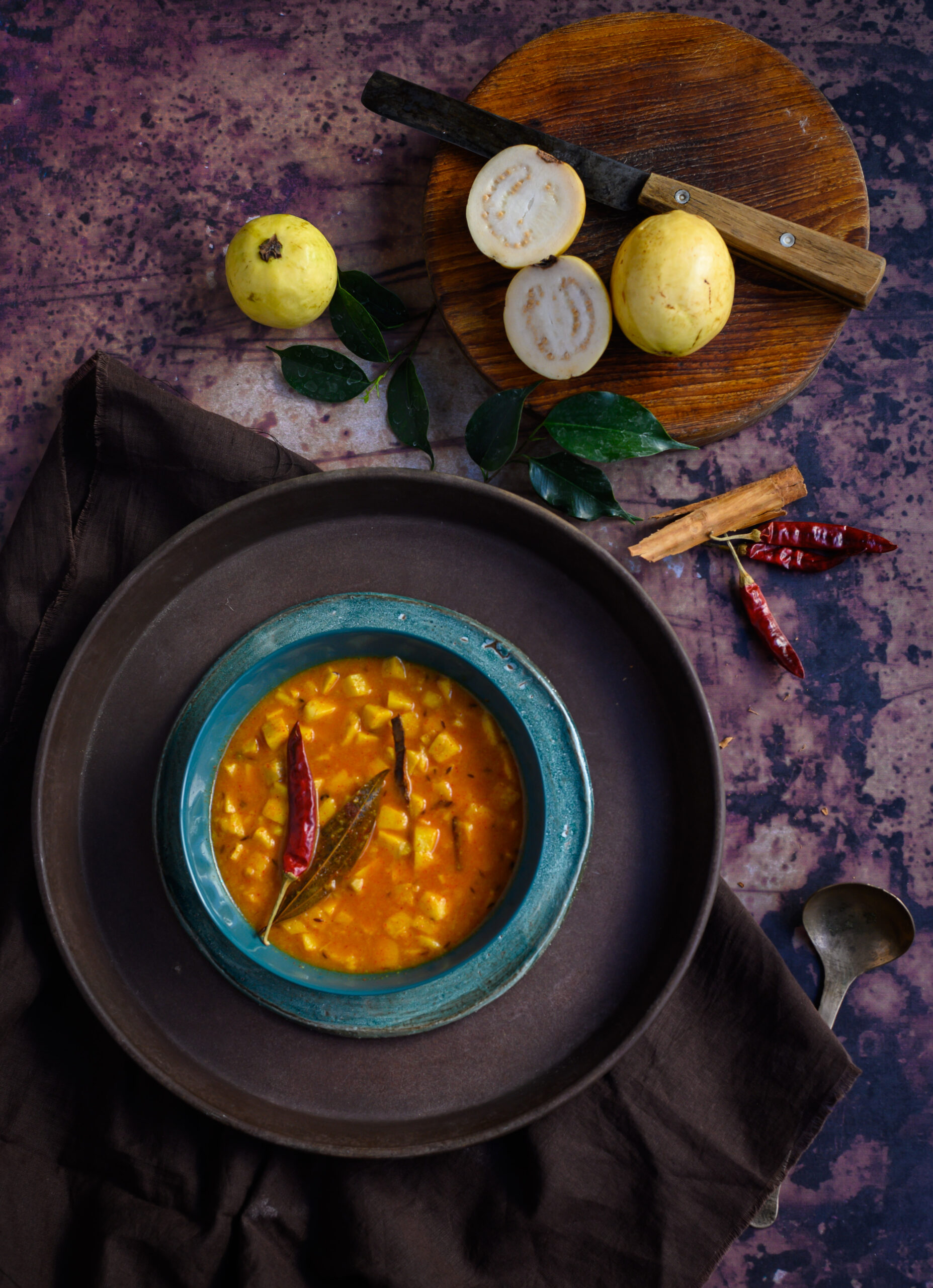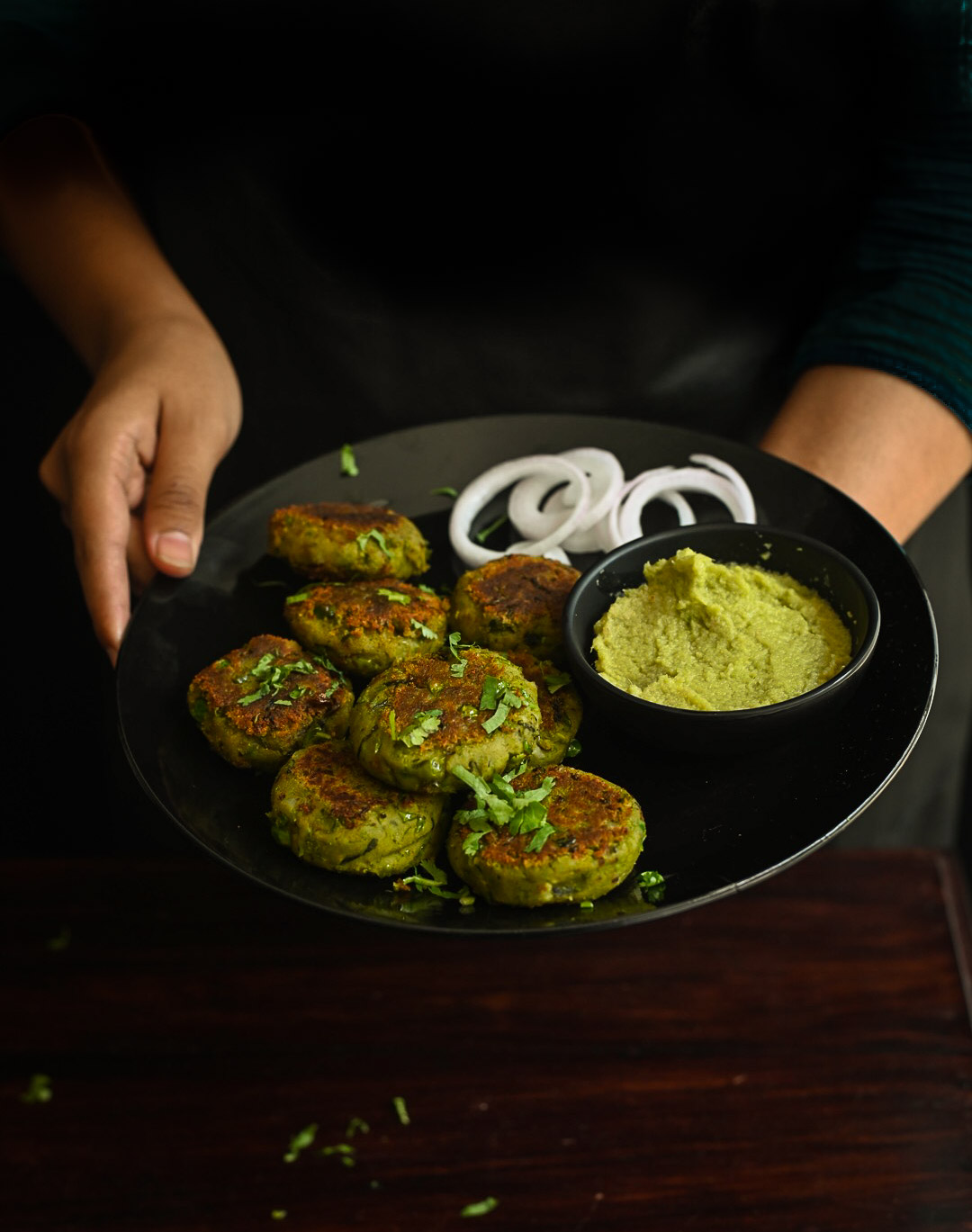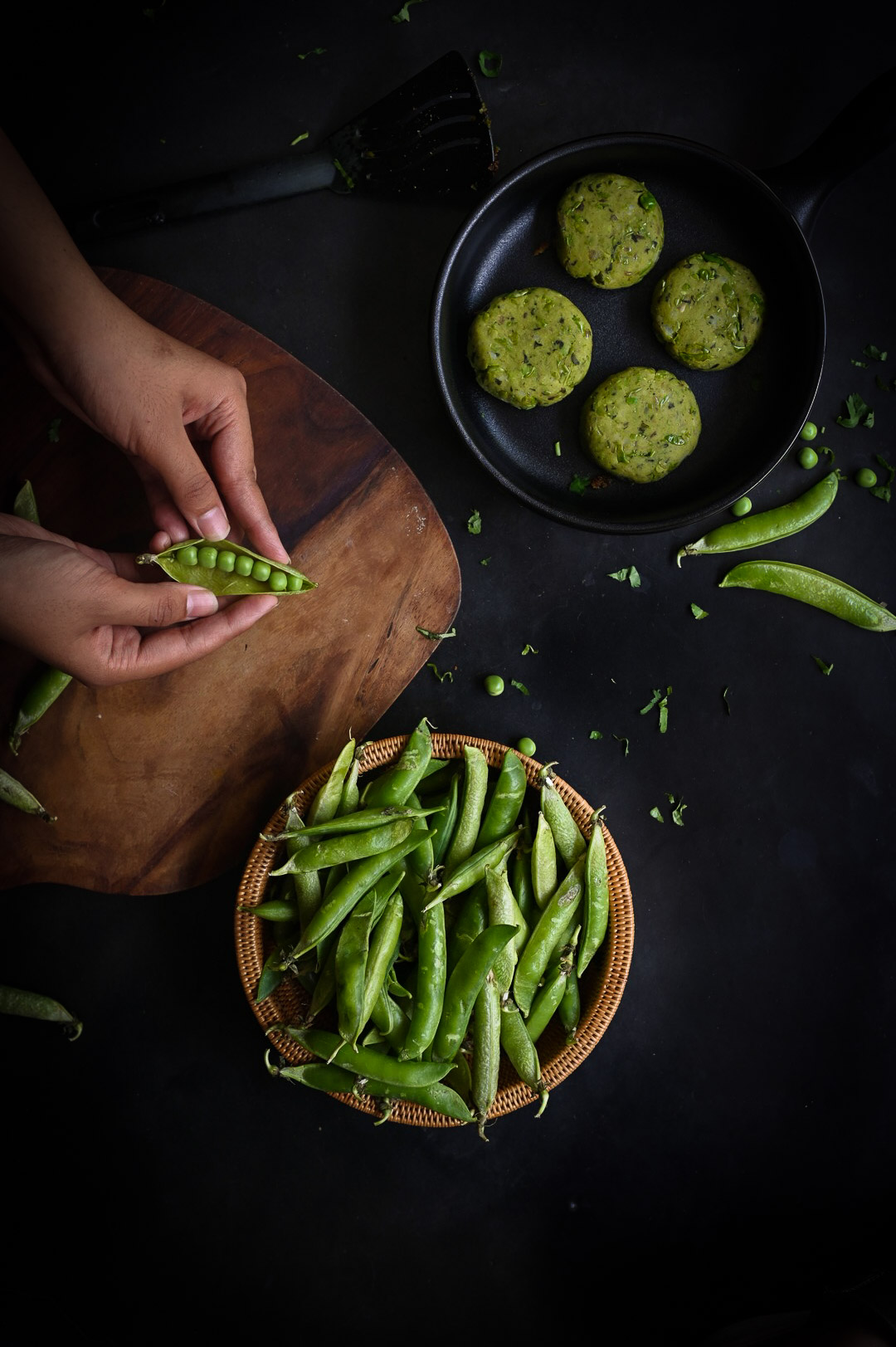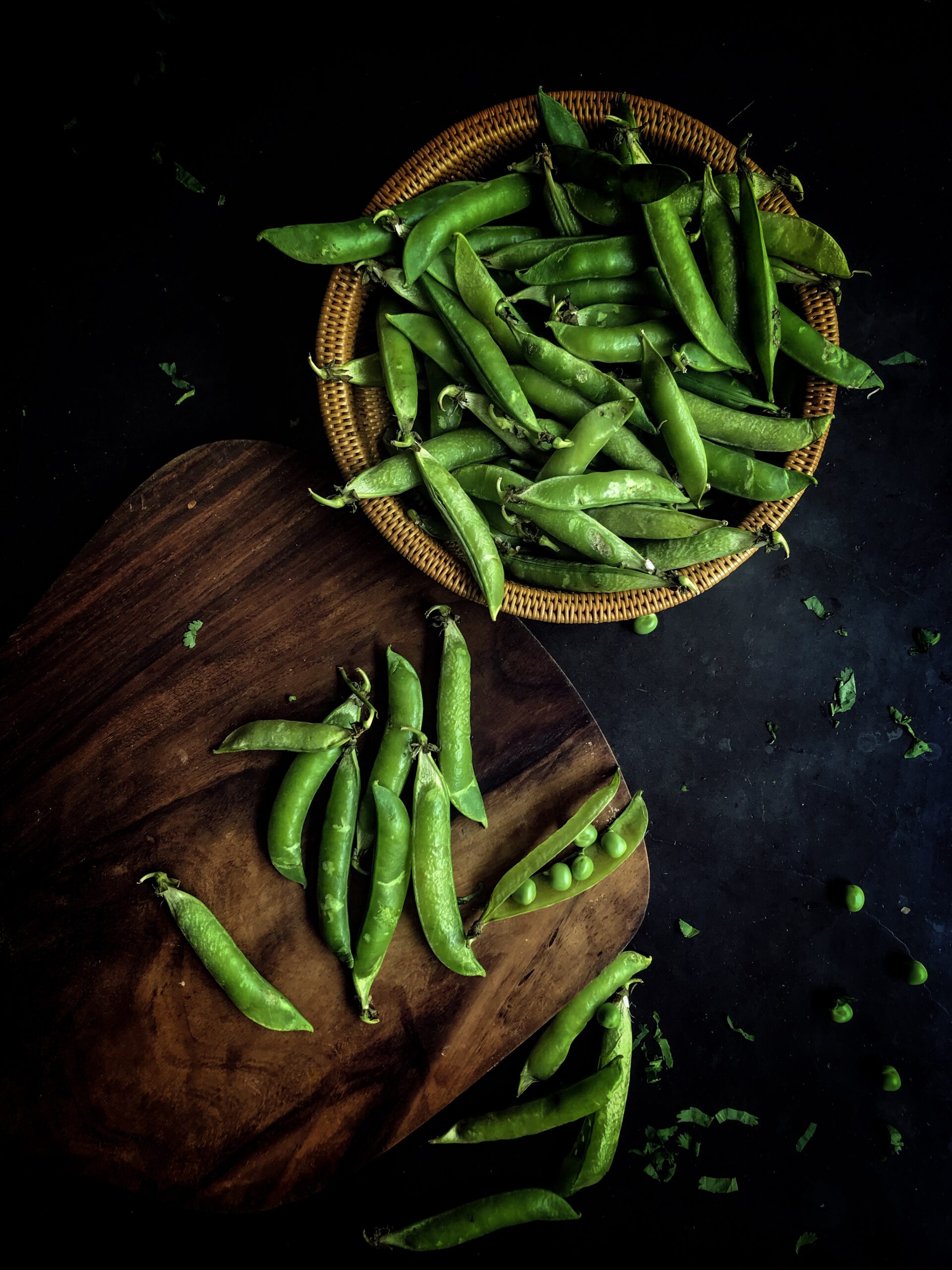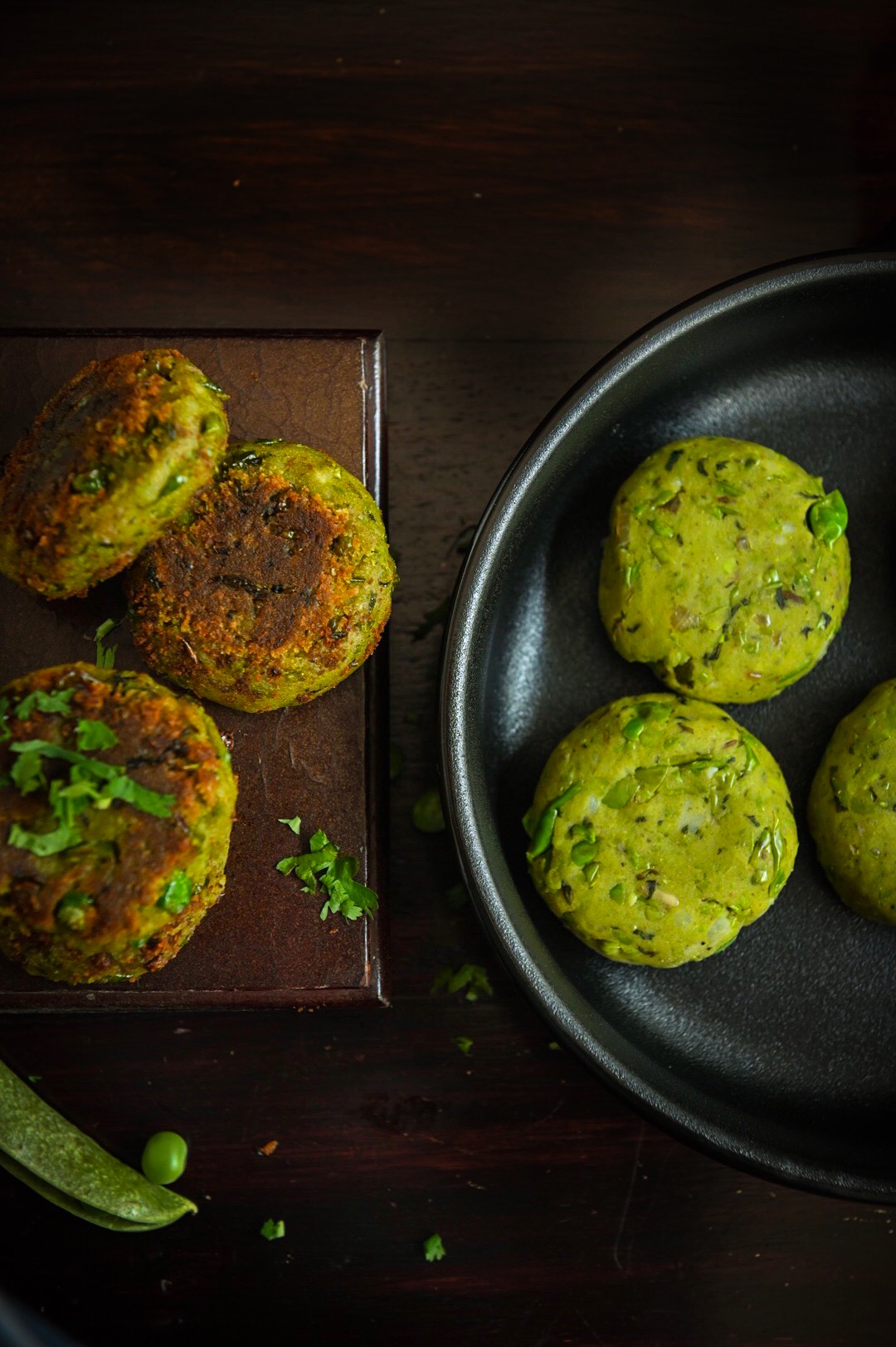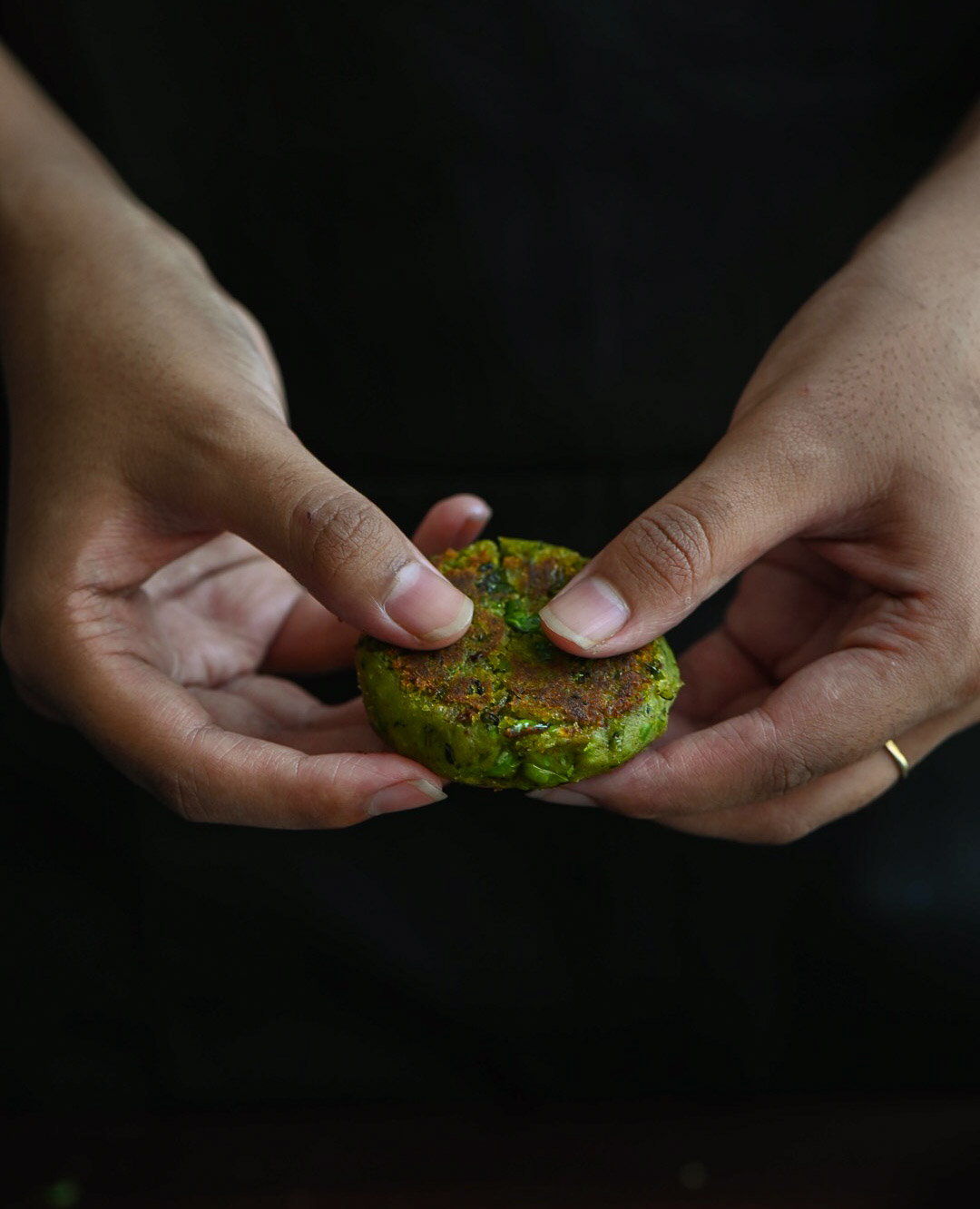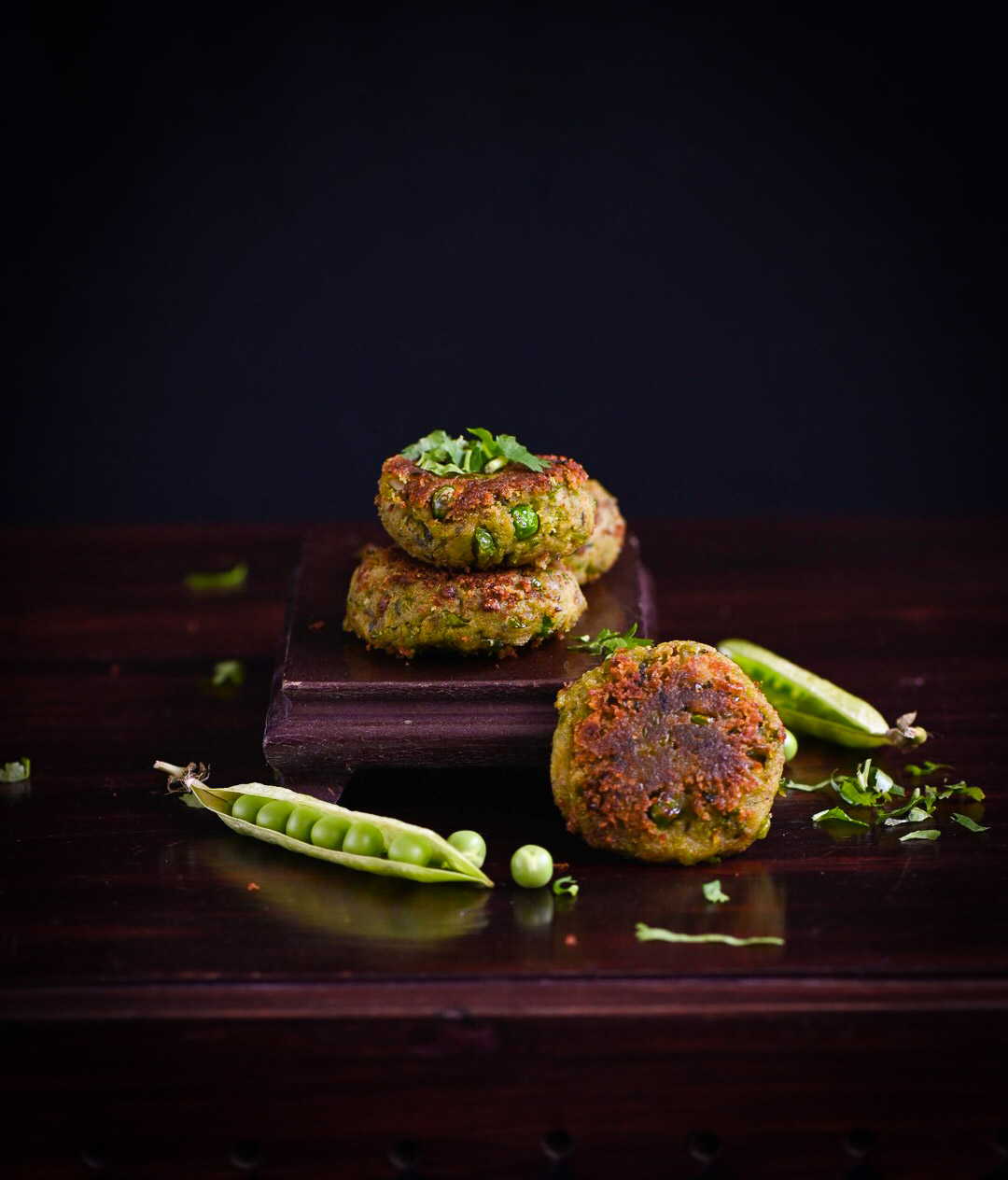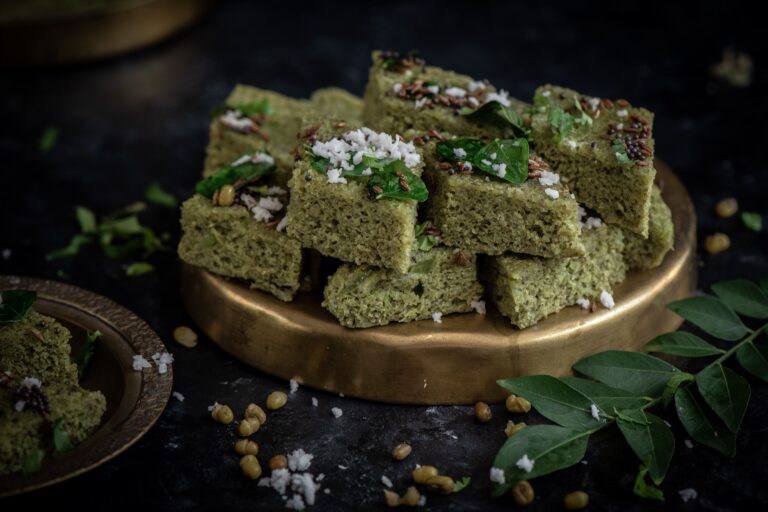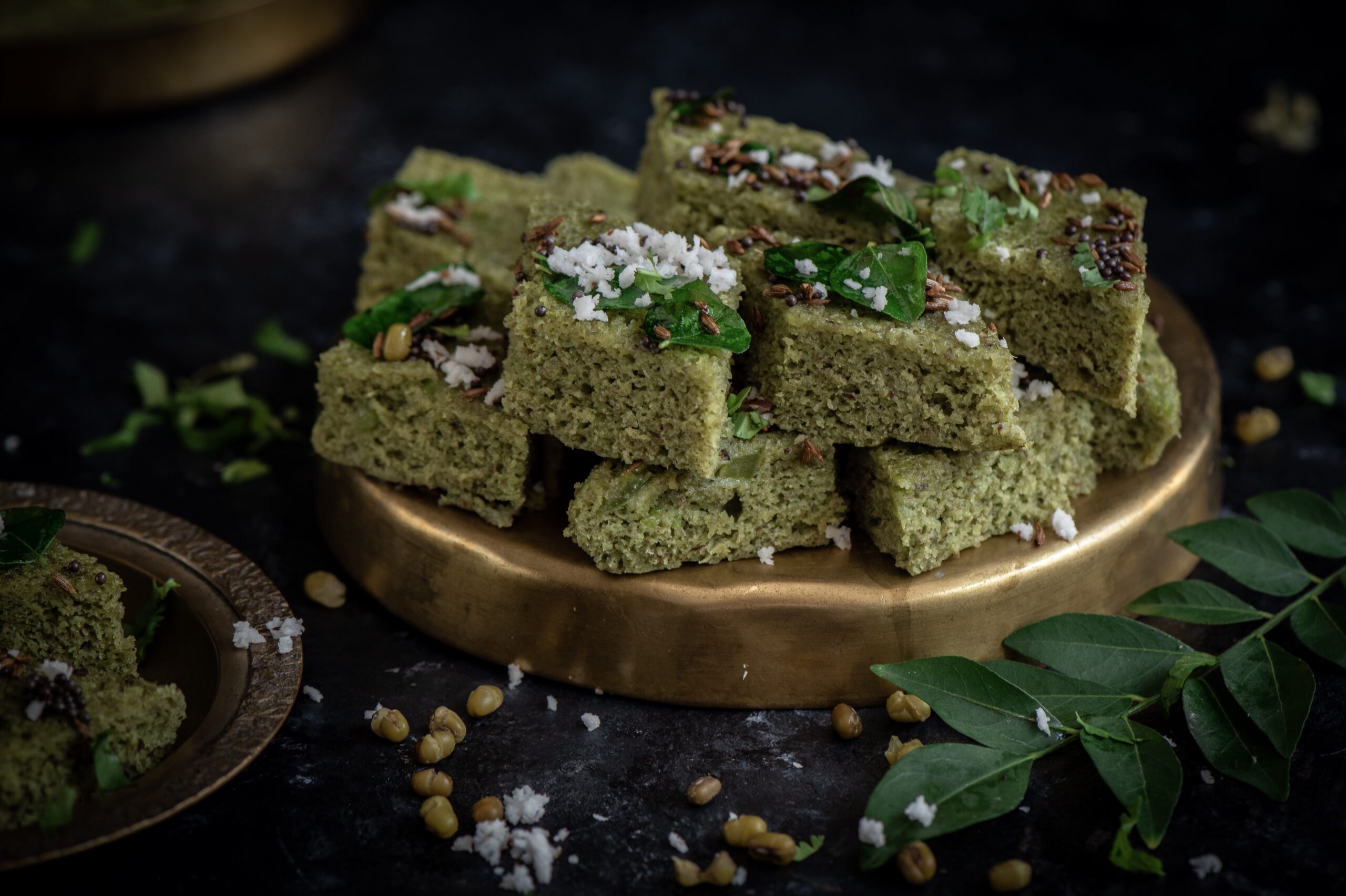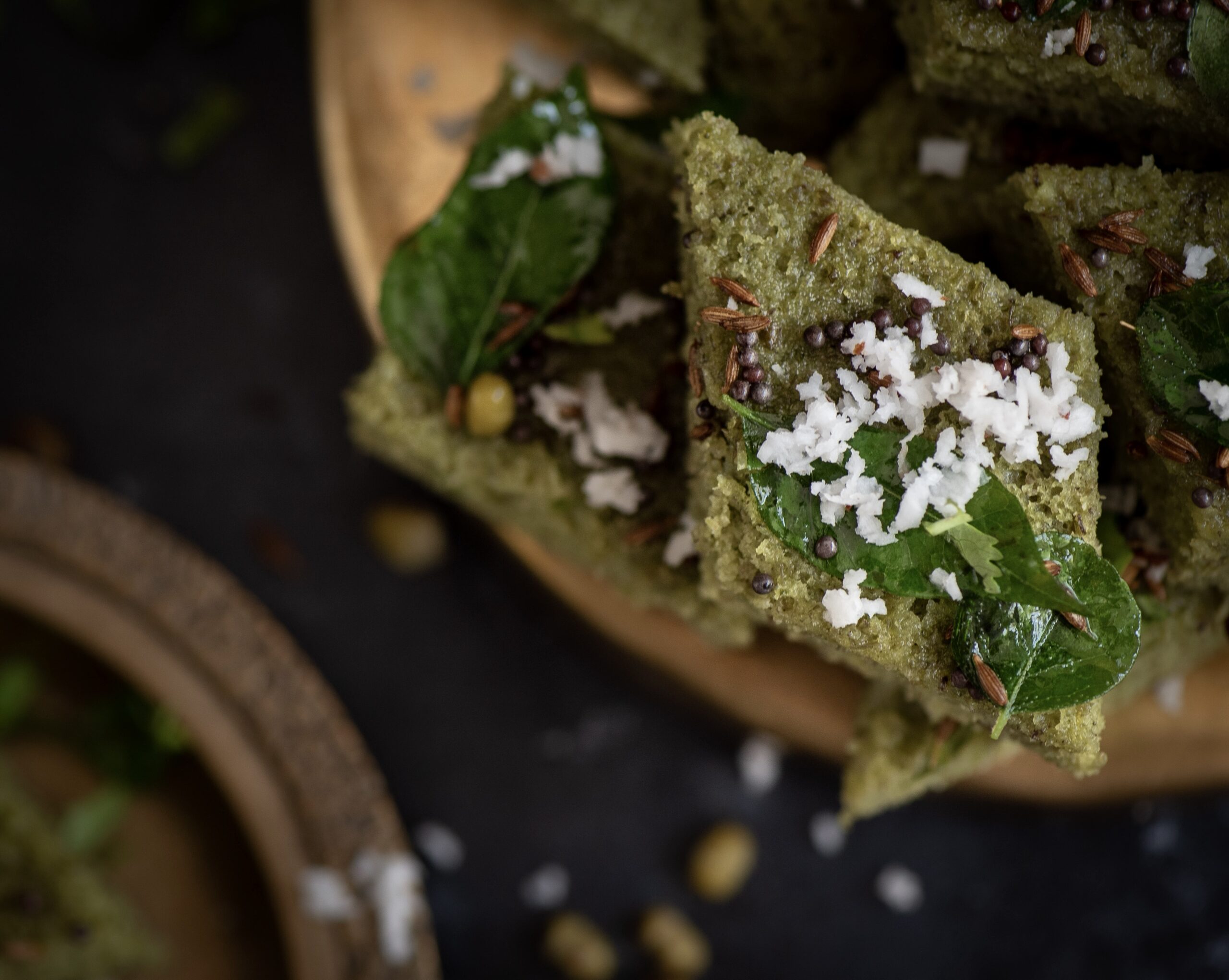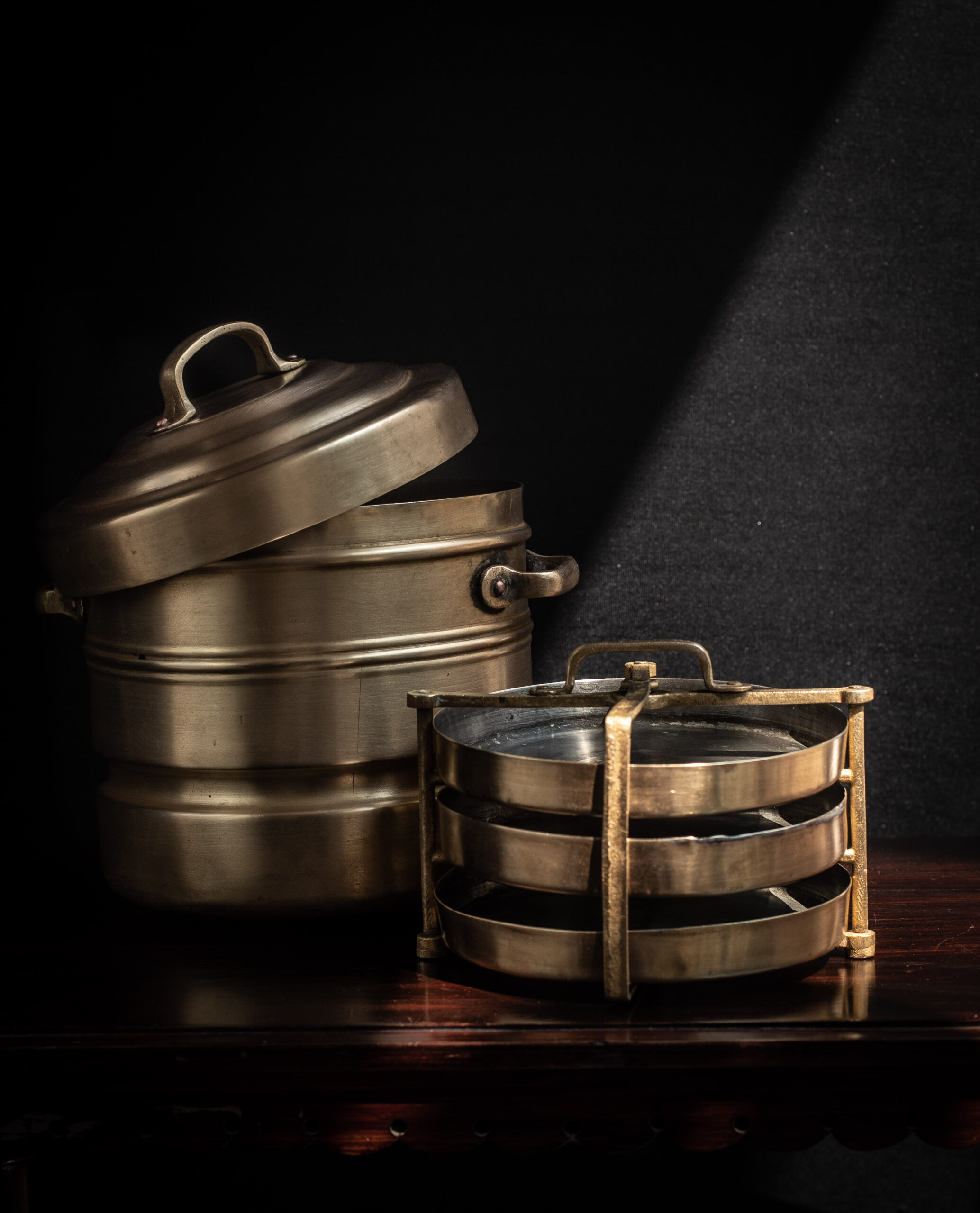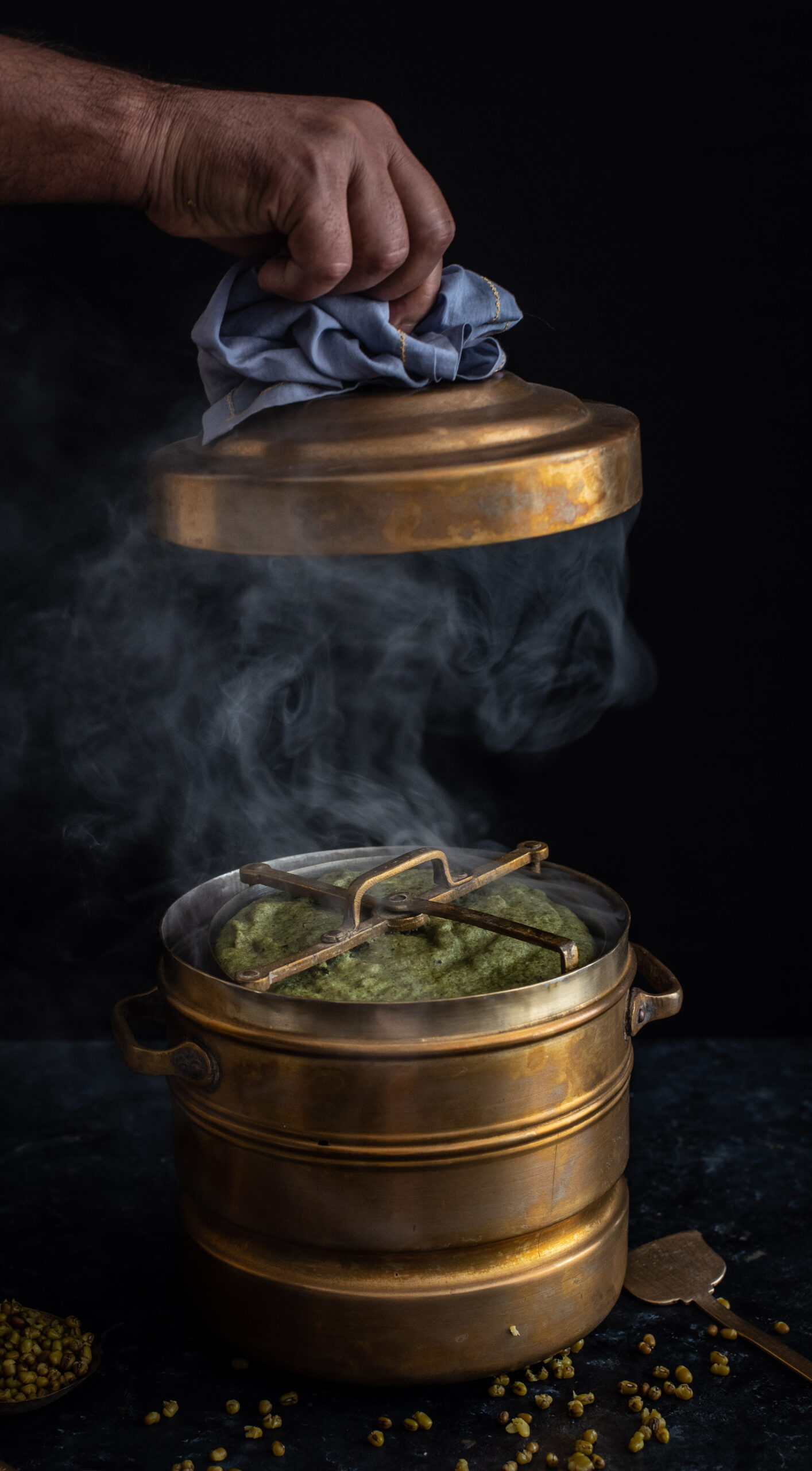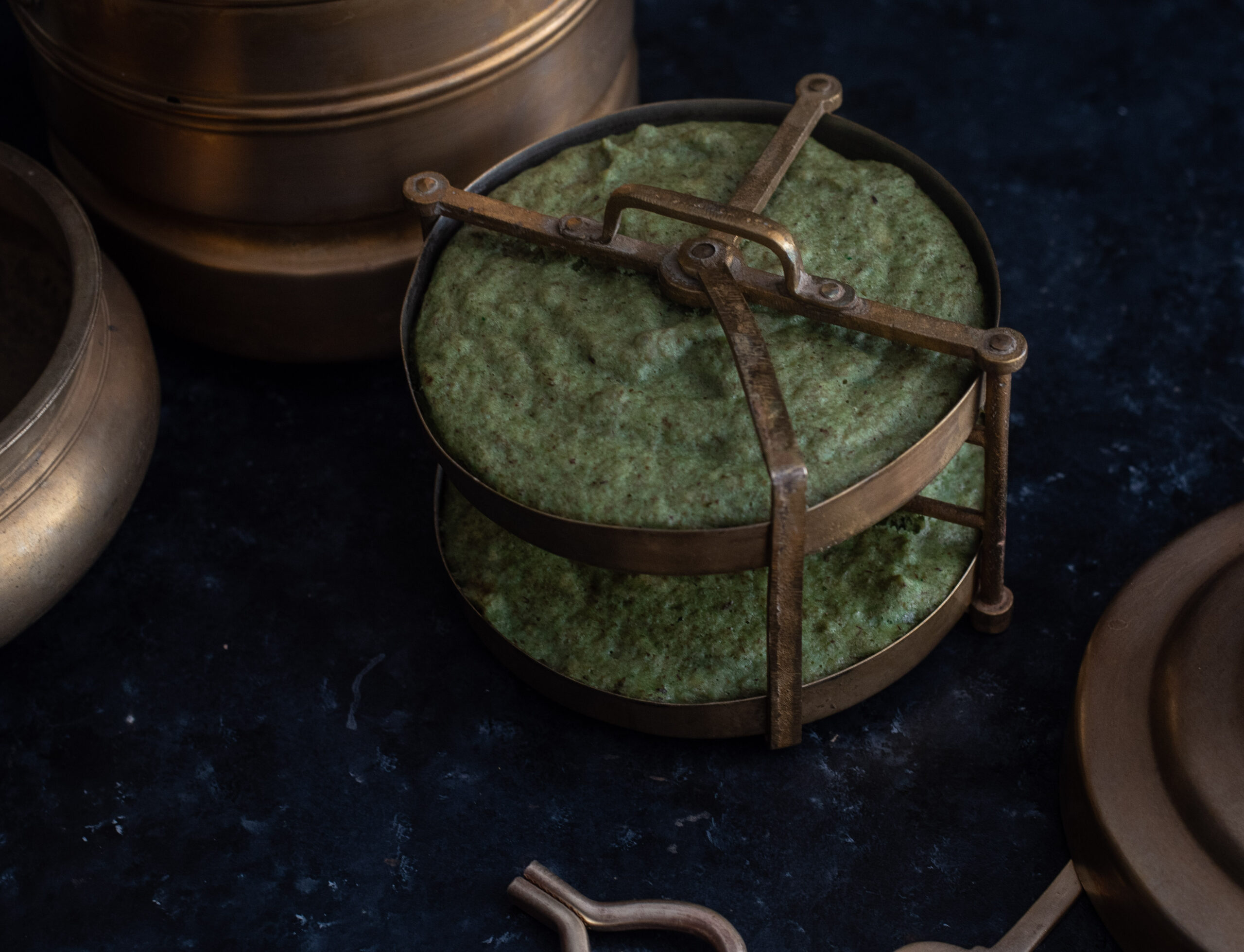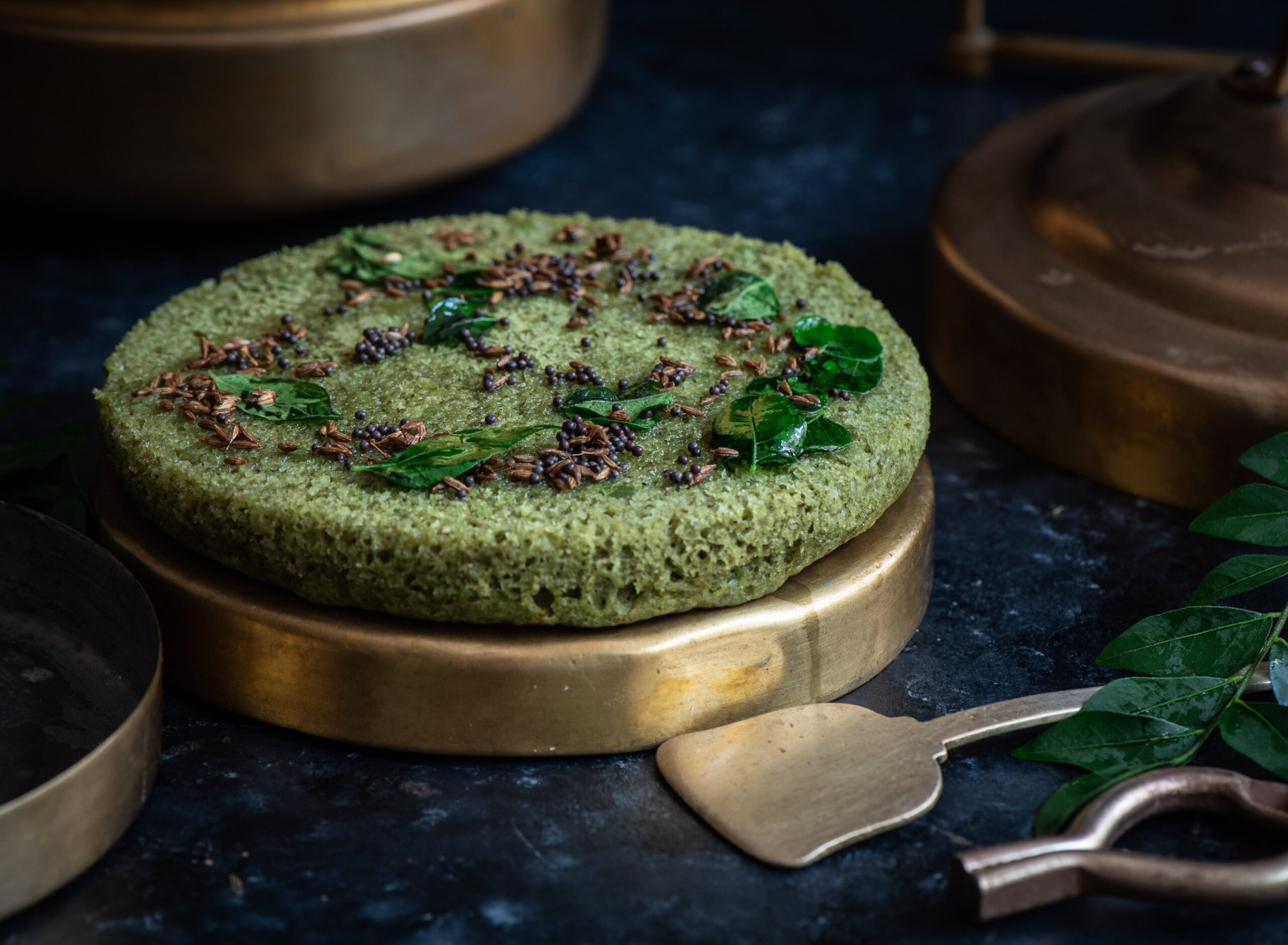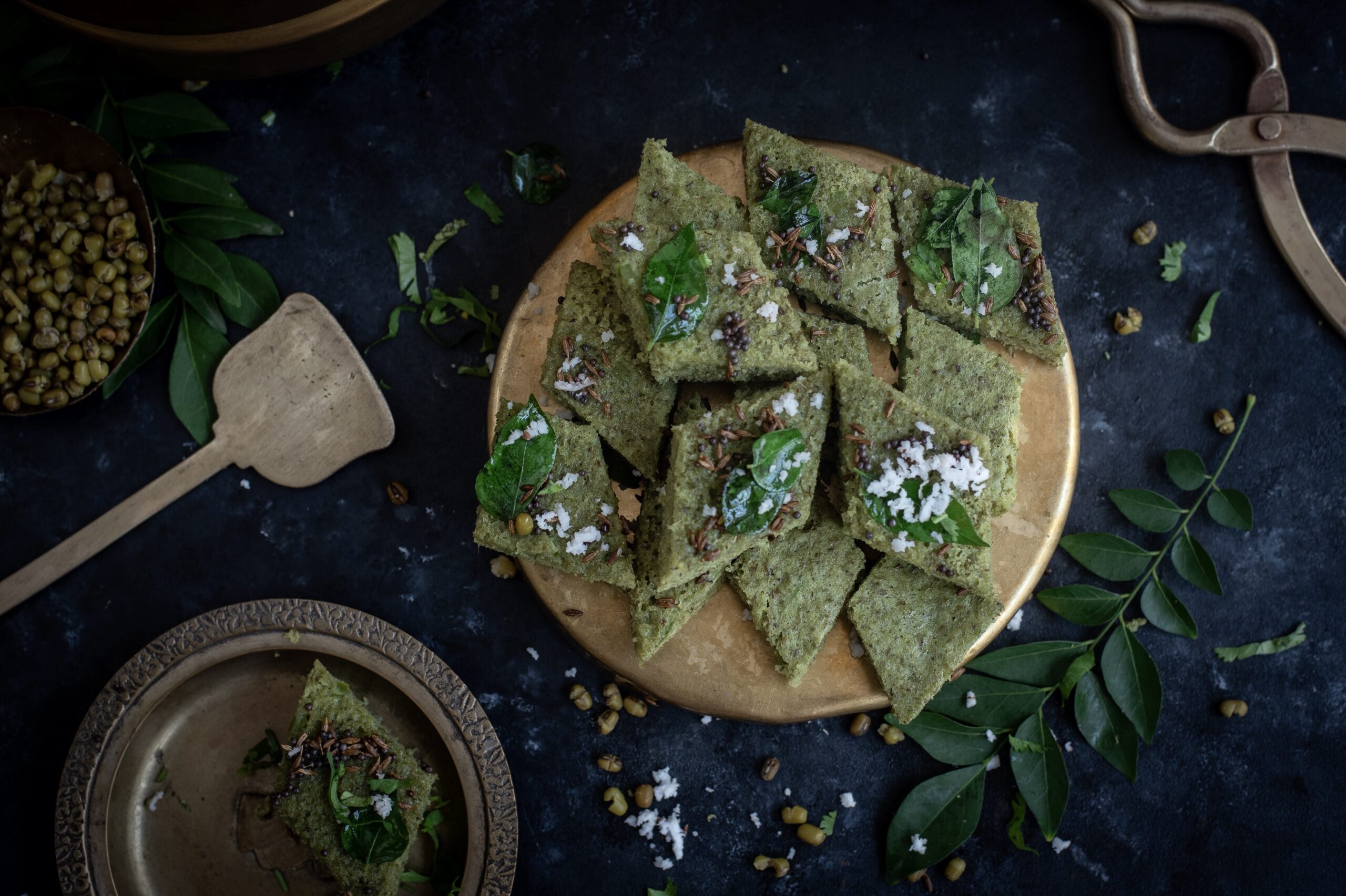Every day in a Gujarati household, you can be assured that there will be a big bowl of dal on the dining table at lunch. We always eat some version of a spiced lentil concoction with rotlis or rice, feasting on a fragrant dish that will give us a good boost of protein, folate and fibre. Pigeon pea or toor dal used to be a staple in my home, but now that I’m cooking for my dad as well, I had to find an alternative as he dislikes this dal. This gave me the fun challenge of finding different varieties which would please the palates of everyone whom I cook for. In these explorations, I hit upon an exciting compromise: mixed dal.
Mixed dals are made by most communities, and as I keep reiterating, the exact version will vary in each kitchen. They are a resourceful way of making use of whatever is in the pantry, through combining a selection of uncooked dals which may be in excess or the last dregs of which need to be finished. My sister, for instance, is an expert in a Jain version made with tomatoes, cumin and very basic spices. I’m never sure whether it’s the simplicity of the ingredients that makes it so nice, or the fact that she makes it for me with such love. The version I make is neither a Jain nor a traditionally Gujarati one, as it uses both onion and garlic, which are generally regarded as either taboo or sparingly used in our culture. In some ways, mine imitates the Punjabi version in its use of spices and condiments.
The recipe I am sharing today is a medley of six types of dals: masoor, split moong, regular/whole moong, urad, split black urad and toor. You can include any other variety you prefer, as well as deduct any that you don’t have on hand or dislike. This particular combination came about through a mix of practicality (I felt some of these dals were being used less than others in my kitchen) and health-consciousness. These humble lentils are powerhouses of nutrients.
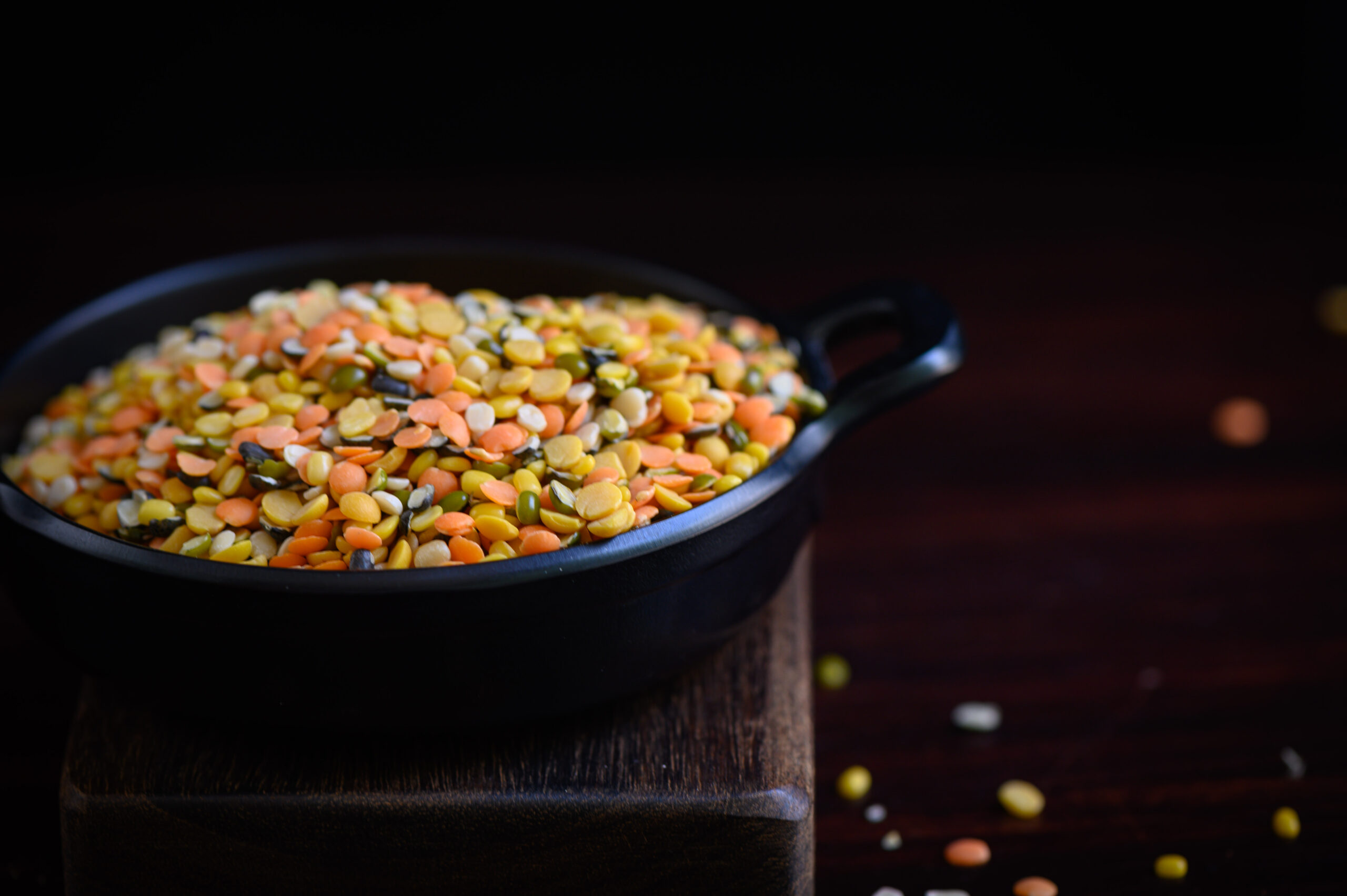
I tend to buy each dal separately and then store them all mixed in even proportions. I have noticed that shopkeepers even sell them mixed these days, which you may find even more convenient. If you are wondering if this dish is a part of the “second helpings” series I had some time ago on my blog, the answer is that it’s not. This dal is prepared fresh using dry, mixed lentils.
While I add garlic and onions, giving it that Punjabi-style punch, I also use a North-Eastern and Bengali way of tempering known as the “panch-phoron”. The panch-phoron is a delectable five spice blend which consists of mustard seeds, cumin (jeera), fennel (saunf), fenugreek (methi) and nigella (kalonji). I love the richness of the flavours together. You may know that Gujaratis often add a pinch of methi to our dal. This is to counterbalance the sweetness of the jaggery in the traditional recipe, which is an ingredient I have opted not to use here. I prefer this mixed dal spicier. I also notice how the fennel in the panch-phoron works as a counterpoint to the garlic. There’s a purpose in every small thing that we do in cooking. To everything, there is a method and a reason.
I decided to try the panch-phoron tempering method as I particularly enjoy the Bengali dals when I’m in Kolkata. The flavours of mustard paste and this fine blend of spices are delightful, and theirs is a cuisine which I would very much like to explore more. This mixed dal of mine is one delicious step in that direction.
Mixed Dal
(Yield: 1 pot)
1 cup mixed dal
4-5 cups water
2-3 tablespoons oil
1 teaspoon panch-phoron
2 dry red chillies
Salt to taste
¼ teaspoon turmeric powder
½ cup finely cut onions
½ cup finely cut tomatoes
3-4 cloves garlic
A pinch of asafoetida (hing)
½ teaspoon garam masala
⅓ teaspoon roasted cumin powder
1 stick cinnamon
Juice of 1 lemon
¼ cup finely chopped coriander leaves
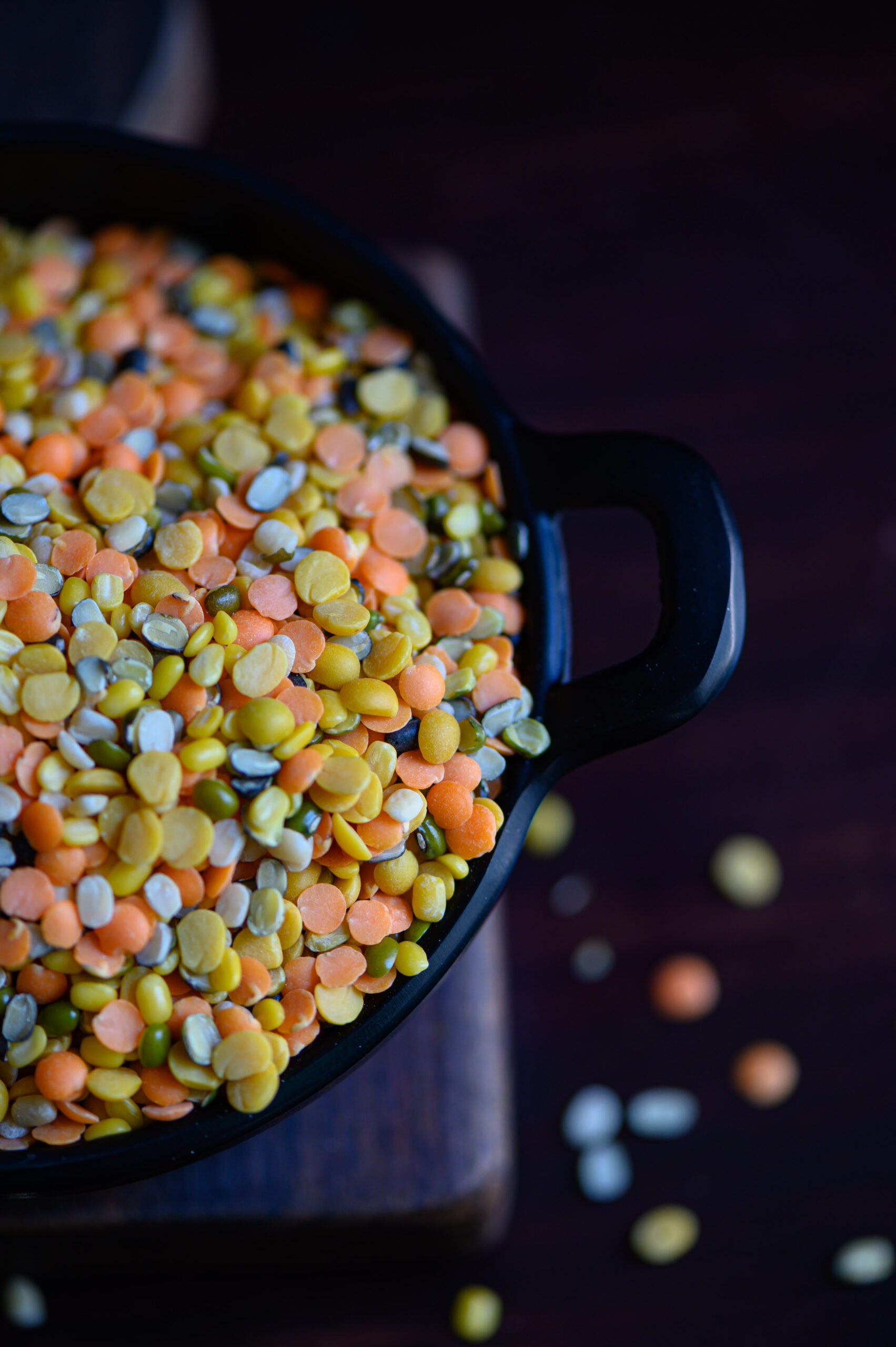
Clean and wash the dal and place it in a pressure cooker. Add salt, turmeric and 4 cups of water. Allow it to cook until tender, for approximately 4-6 whistles. Once cooked, keep aside.
In a kadai, add the oil. Once it has heated, add the panch-phoron and the hing/asafoetida. Next, add the dry red chillies and then add the onions and garlic. Sauté for a minute and then add the tomatoes.
Add the remaining spices and sauté once again until the kitchen is fragrant with the scent of roasting spices.
Now, add the cooked, tender dal to the pan and stir evenly. If you prefer a thinner consistency, add more water.
Top it off with the lemon juice, and garnish with the finely chopped coriander leaves.
Serve this mixed dal while it’s still hot. For a simple yet complete meal, it’s perfect to be enjoyed with rice or breads such as paratha, naan or rotli. When serving a slightly more elaborate meal, it also works very well when accompanied by an Indian-style stir-fry.
As I mentioned earlier, not only is this dish a combination of mixed dals, but it’s also a medley of culinary influences. Bengali, North-Eastern and Punjabi seasonings come together and surprise the Gujarati palate with their spiciness. I’d love to know what you think of it, and how you choose to bring your own tastes and journeys to this simple and satisfying preparation.
If you’re a fan of lentils, here are a few more lentil-based favourites from the recipes I’ve shared earlier: khatta mung, dal dhokli, green moong bhel and green moong dhokla. It’s the versatility, simplicity, nutritiousness and sheer deliciousness of lentils that make them such a staple in our meals.
